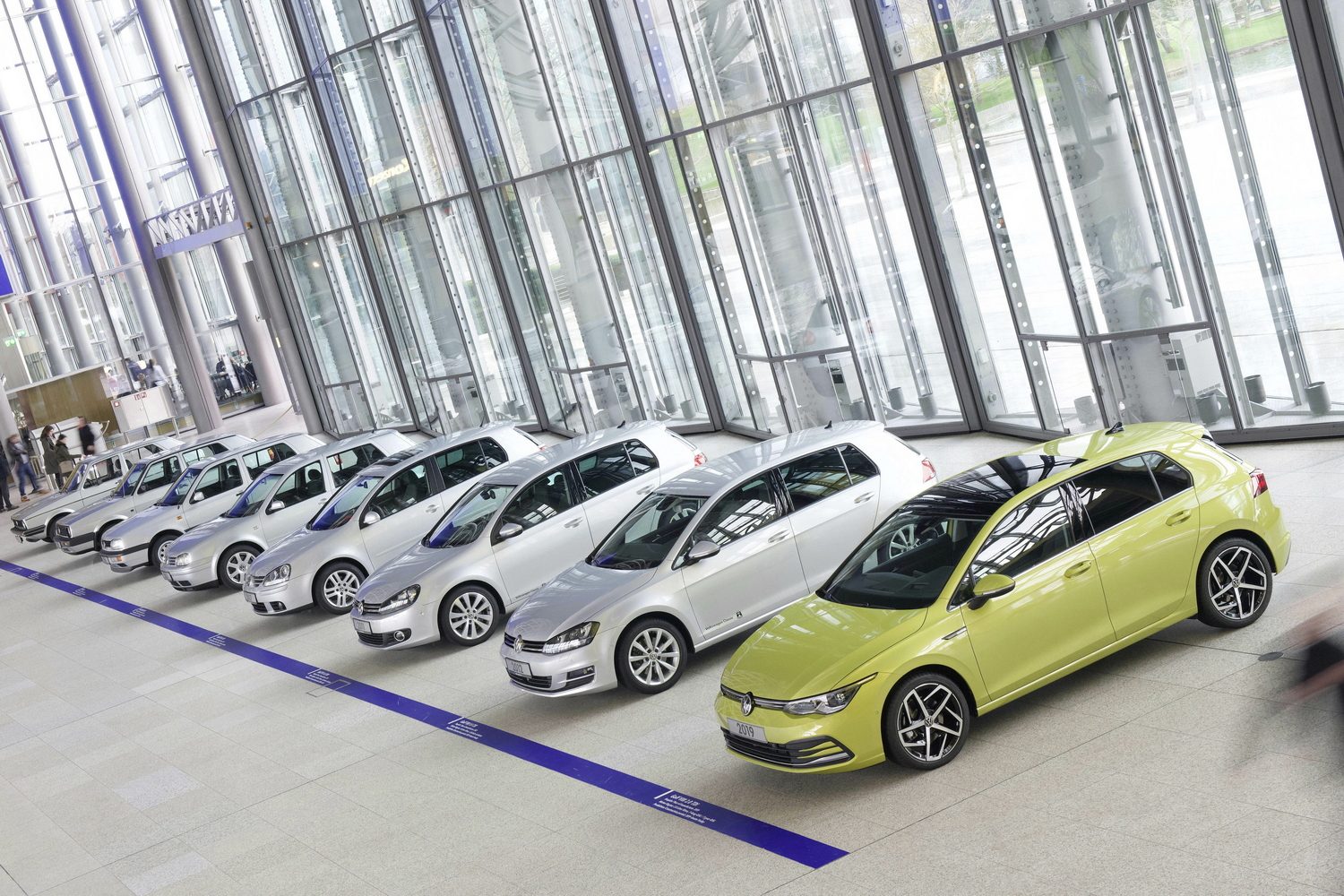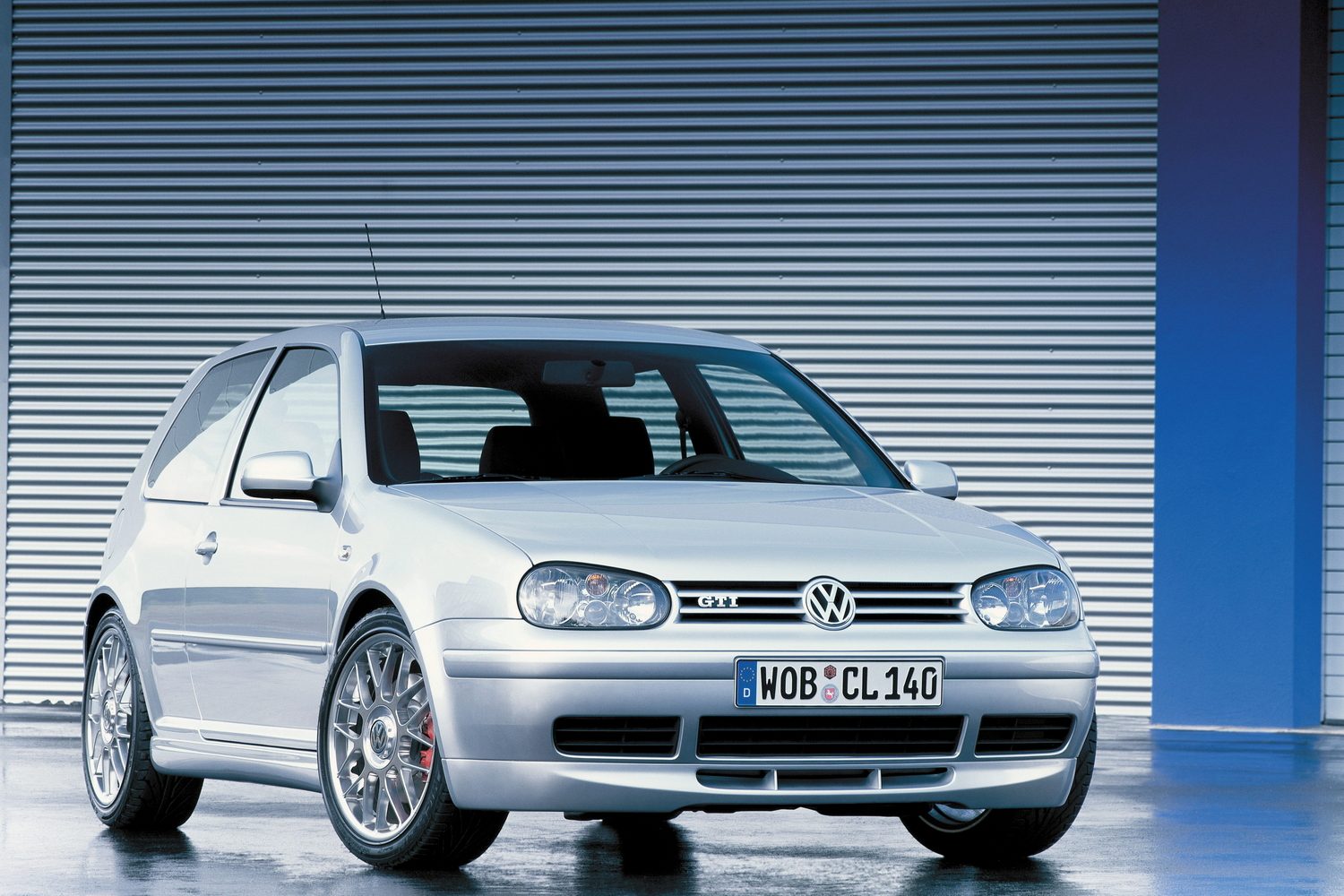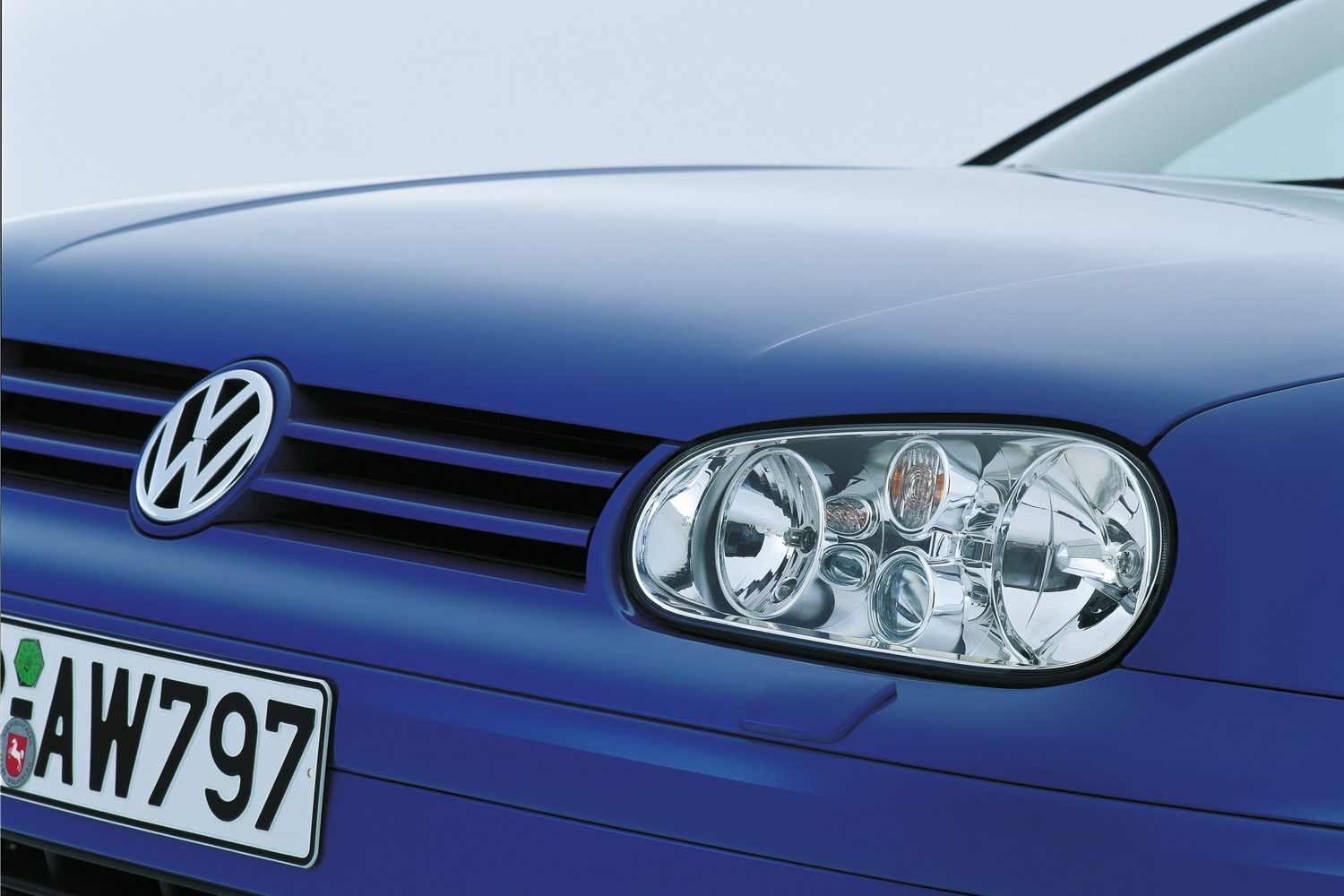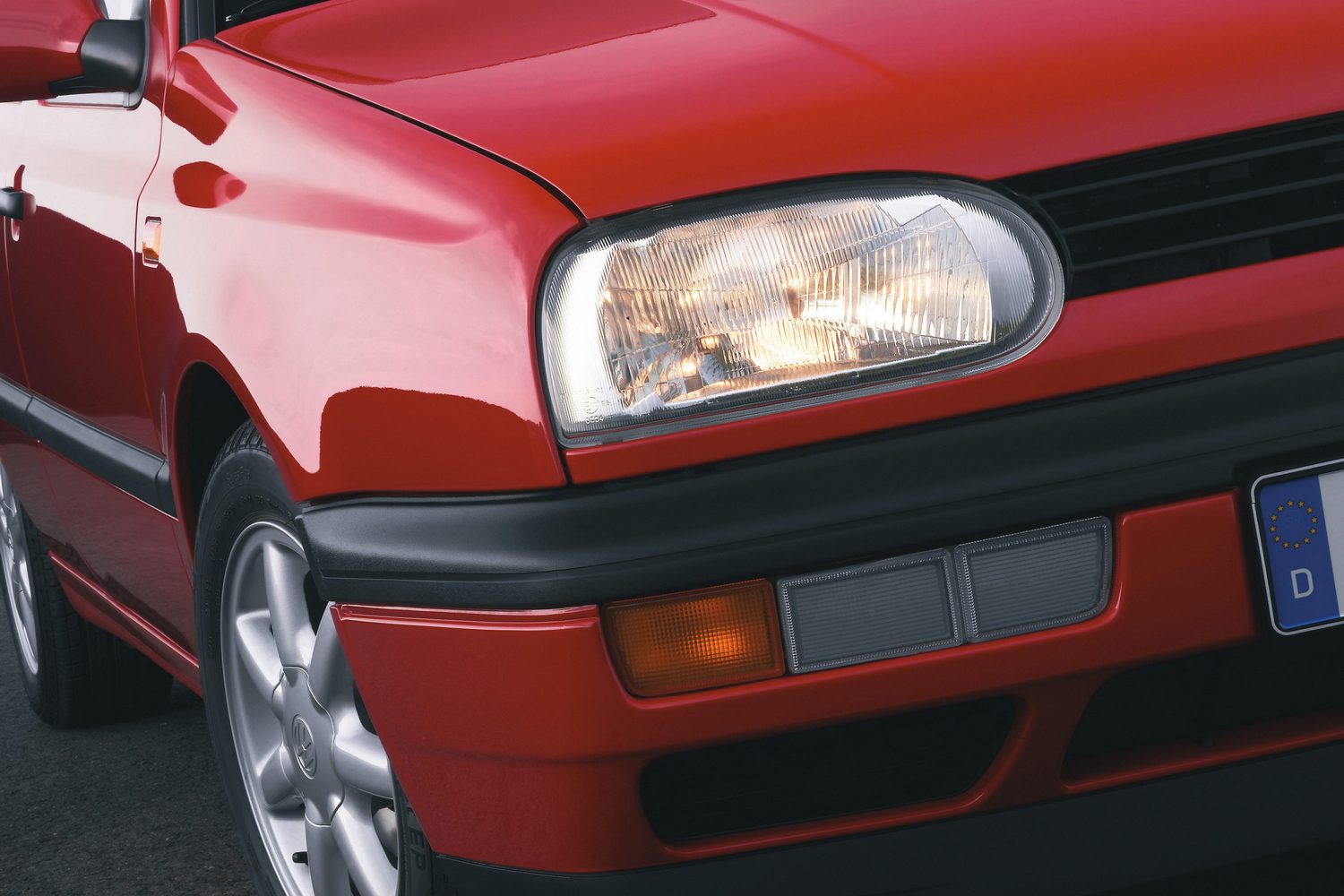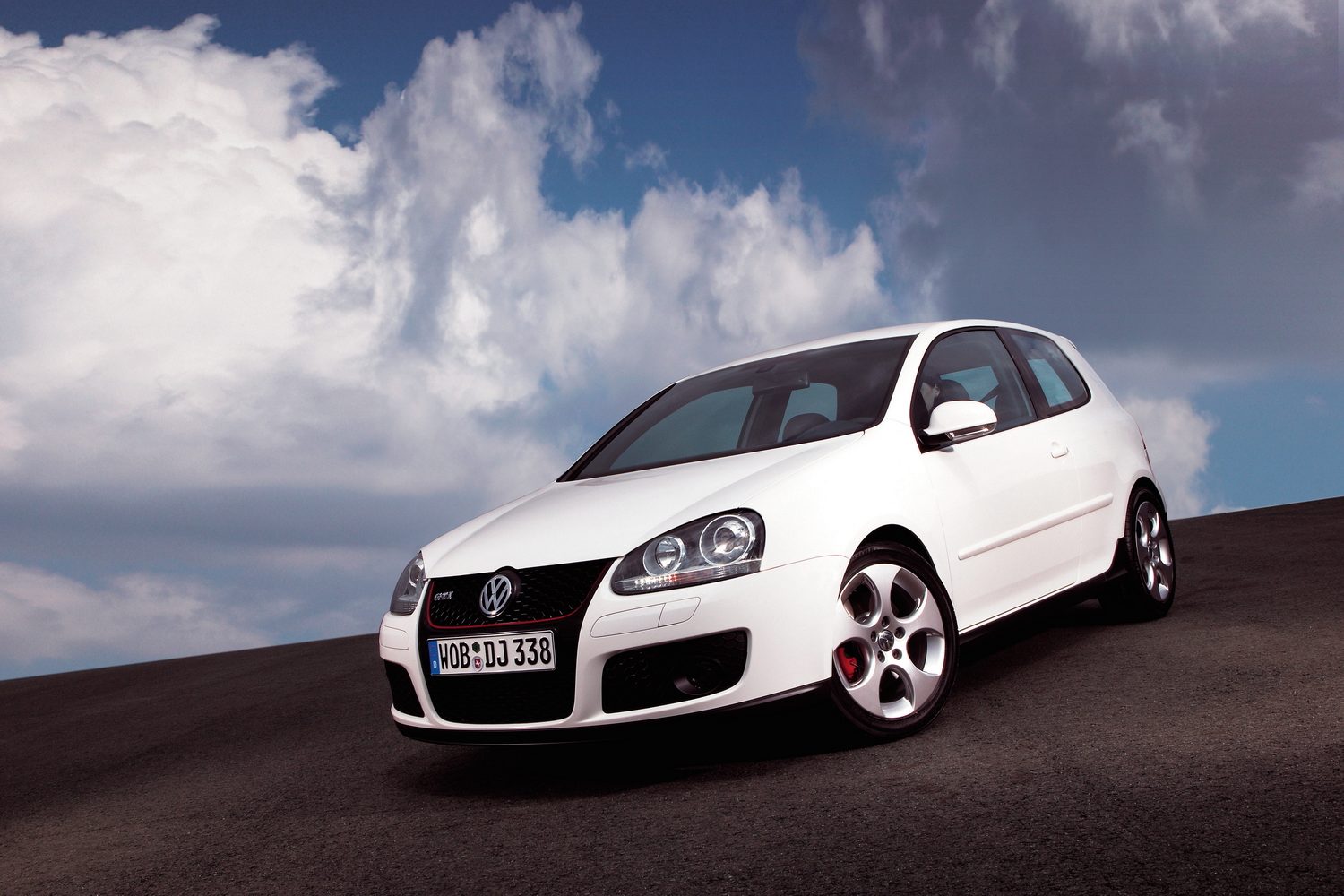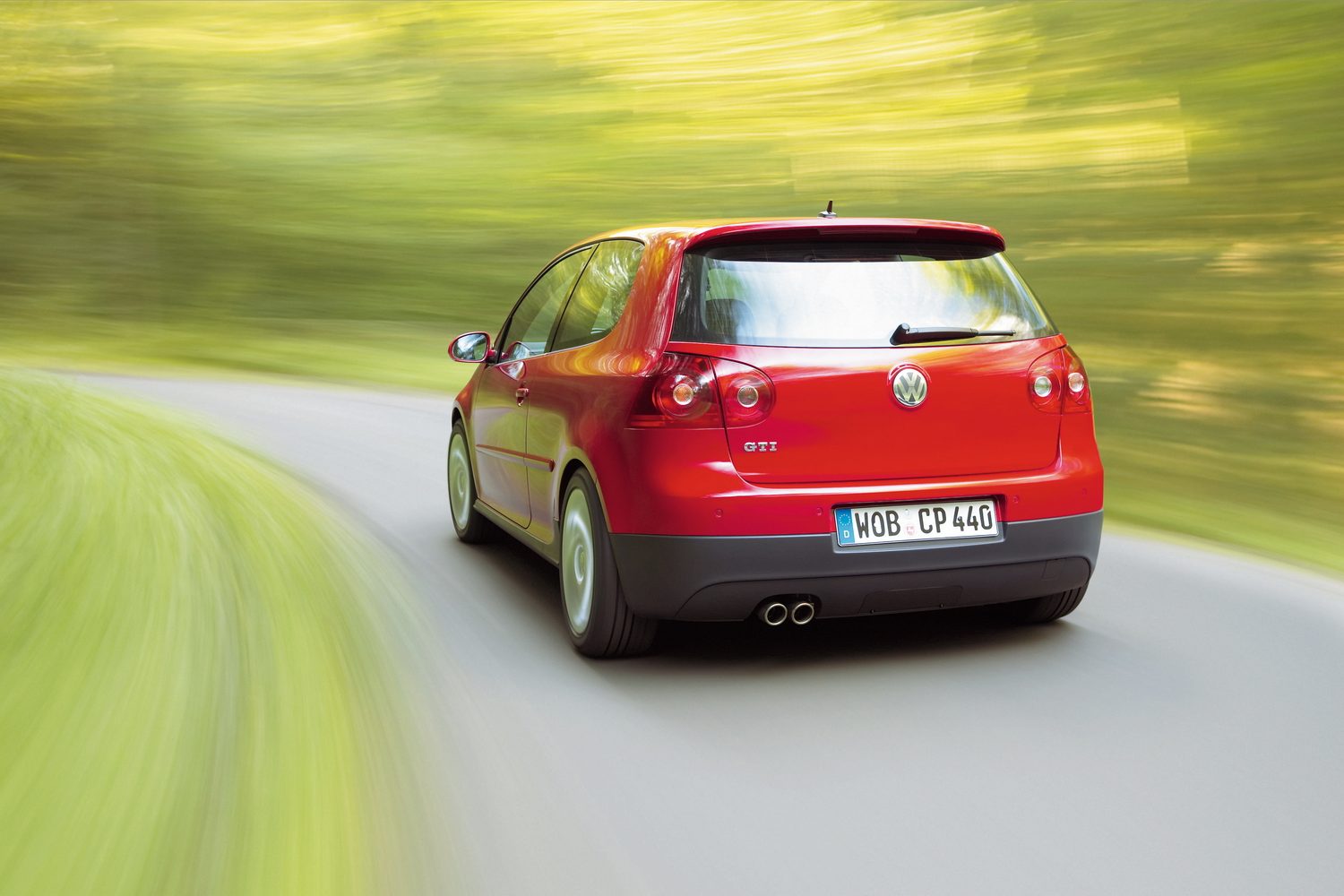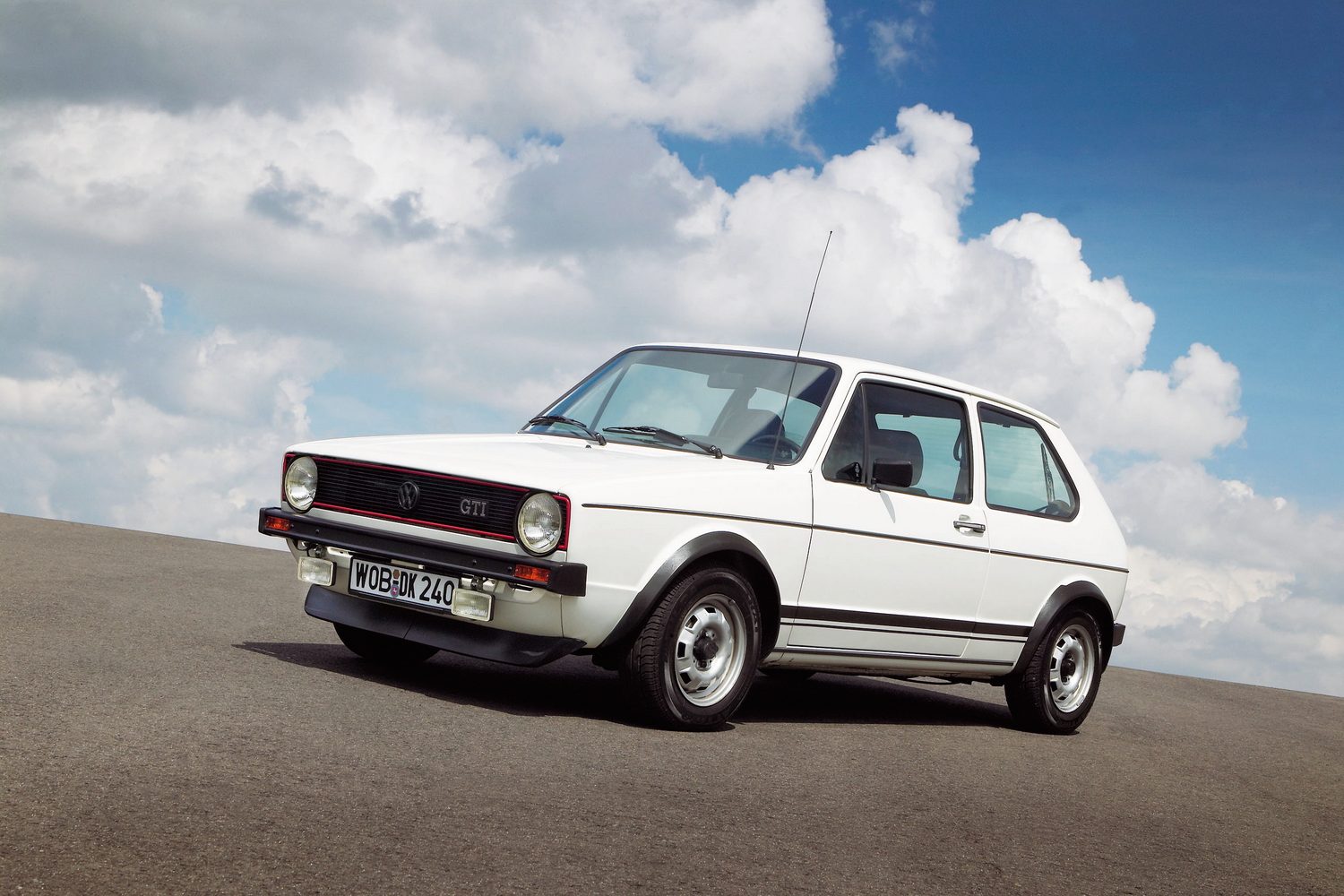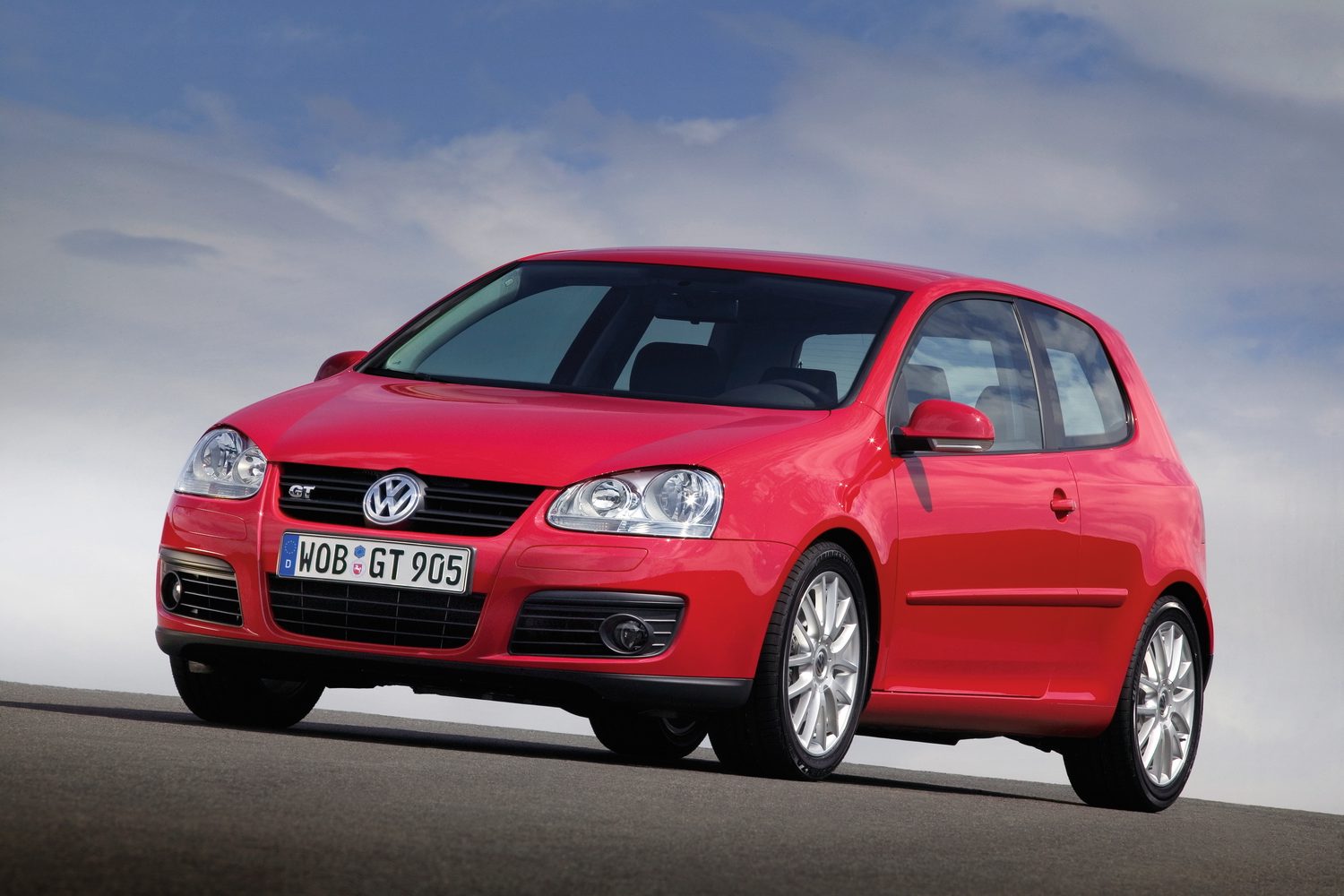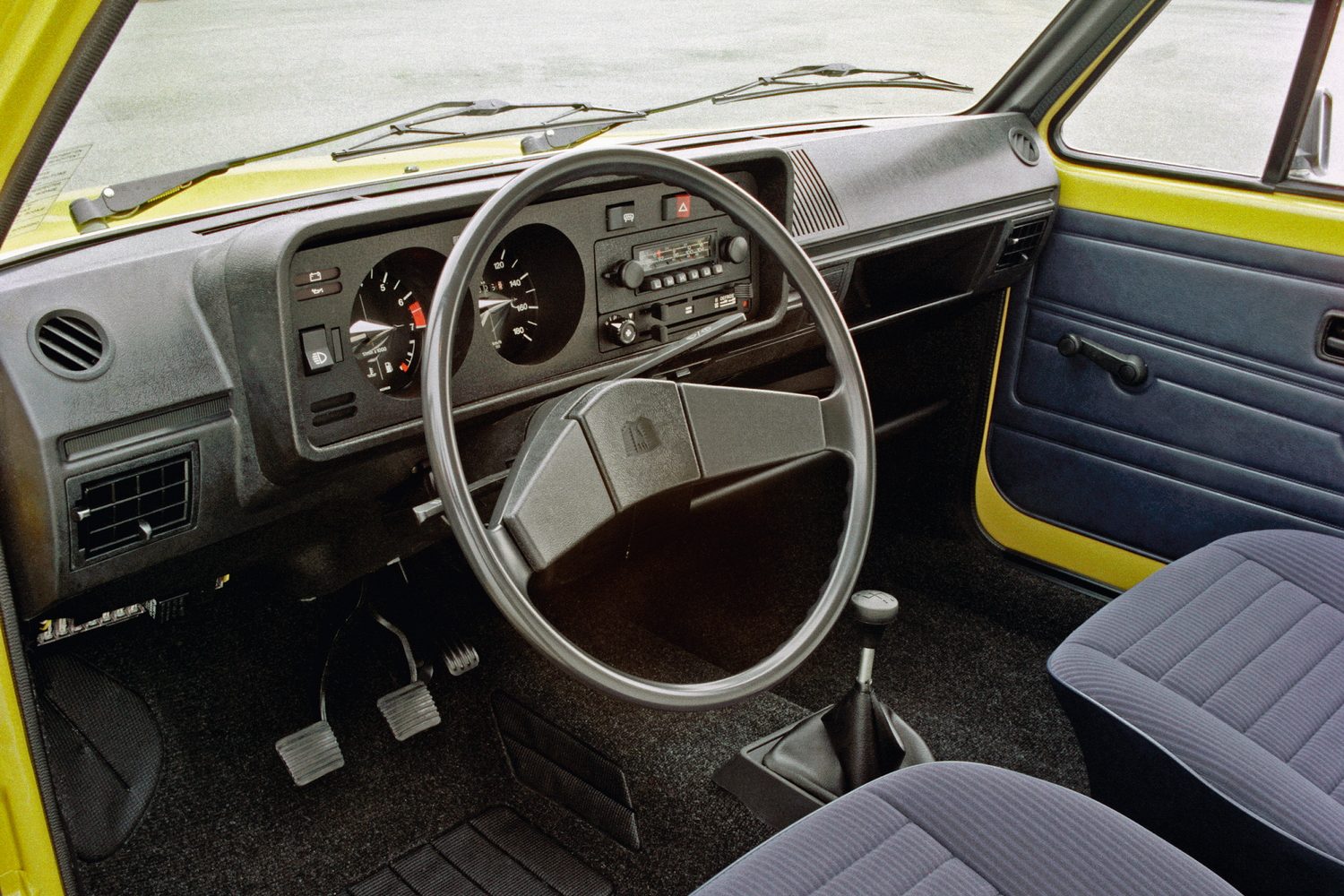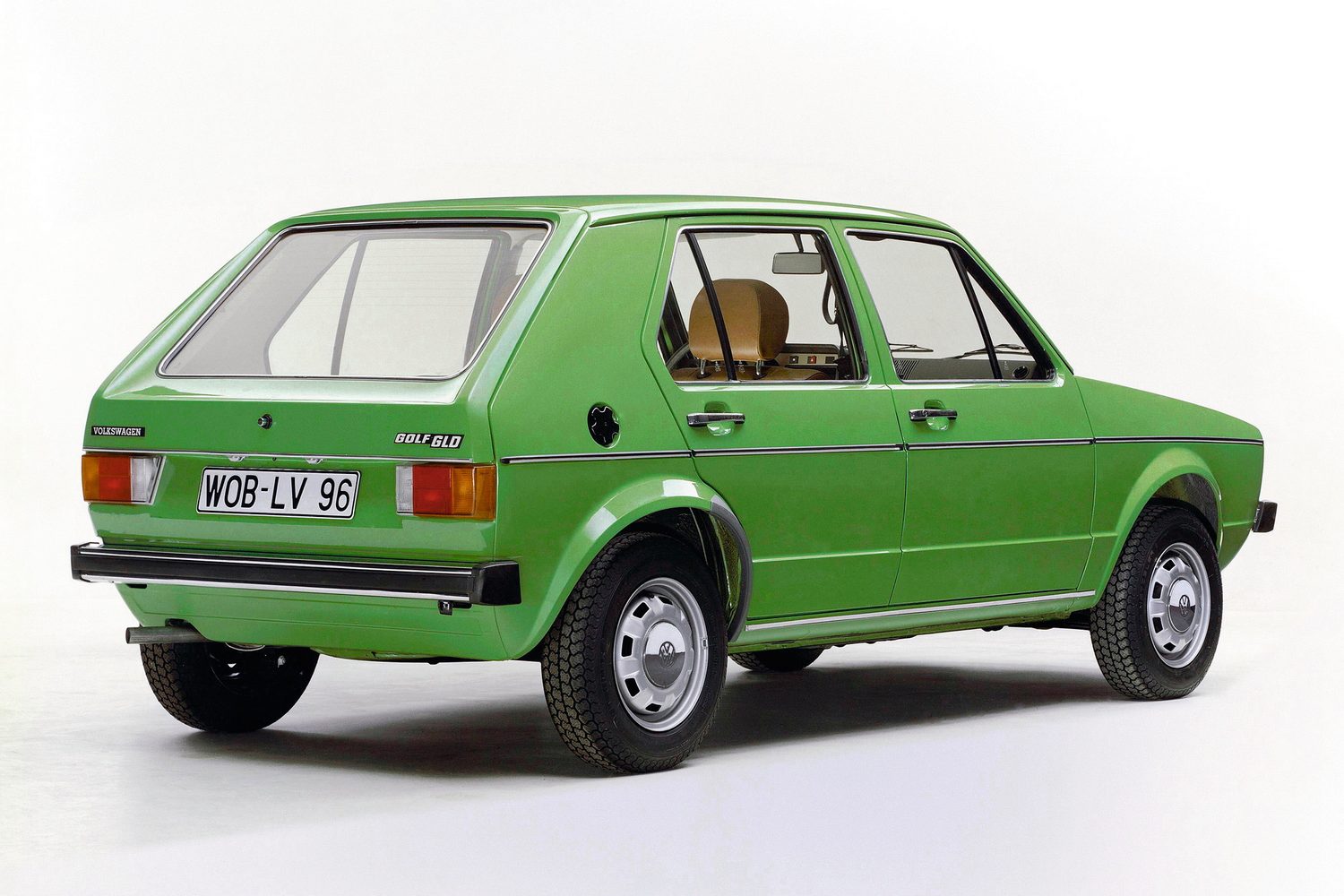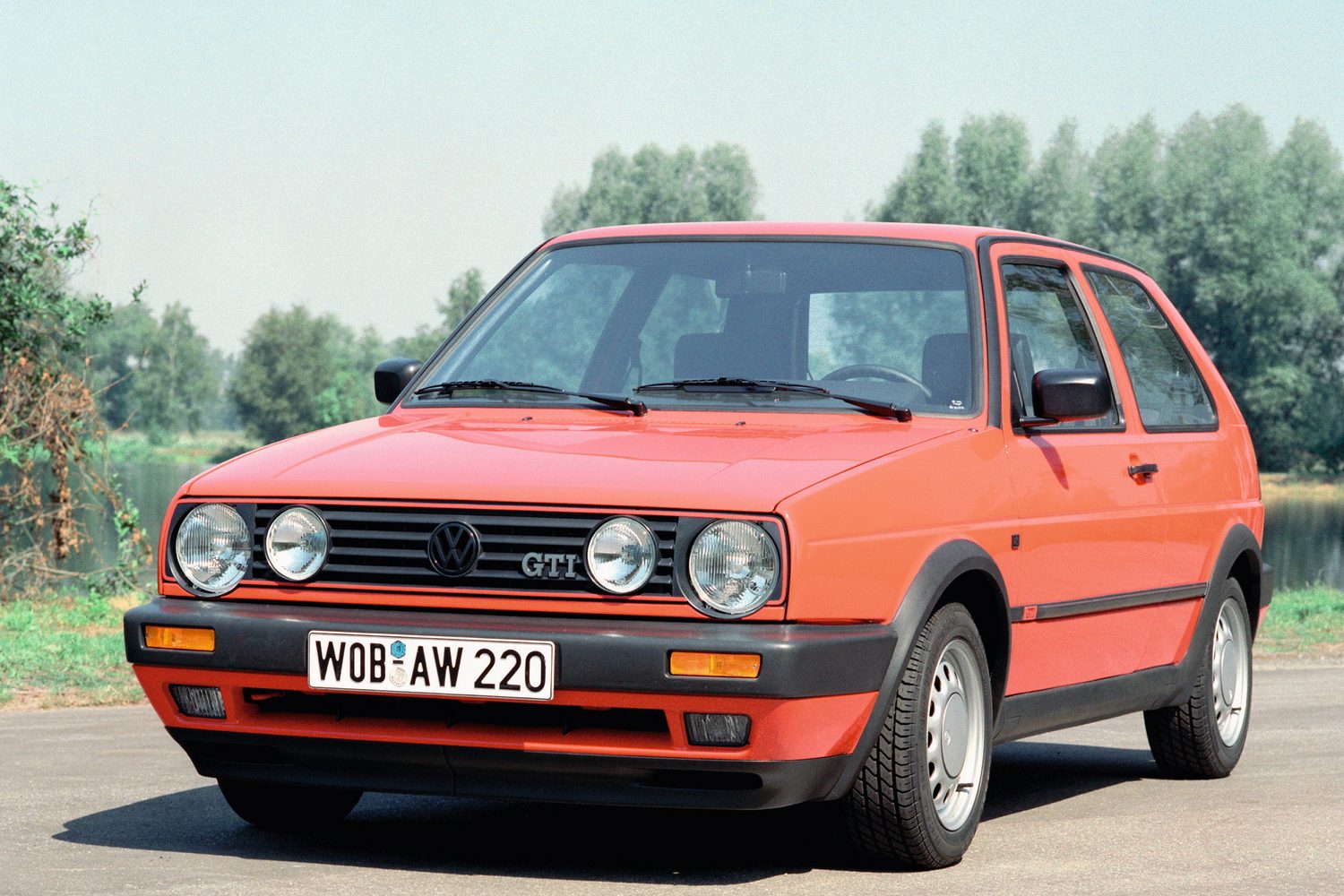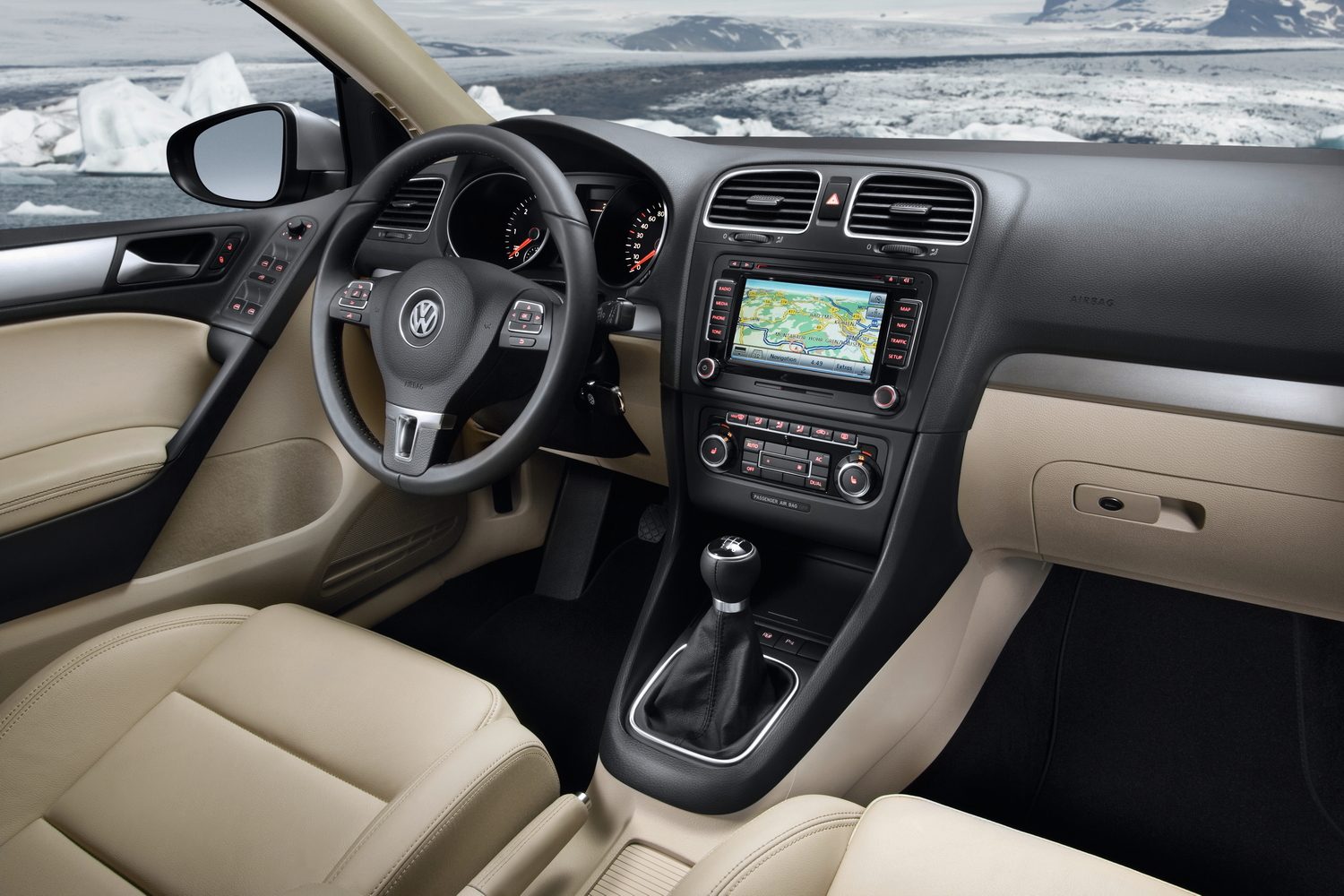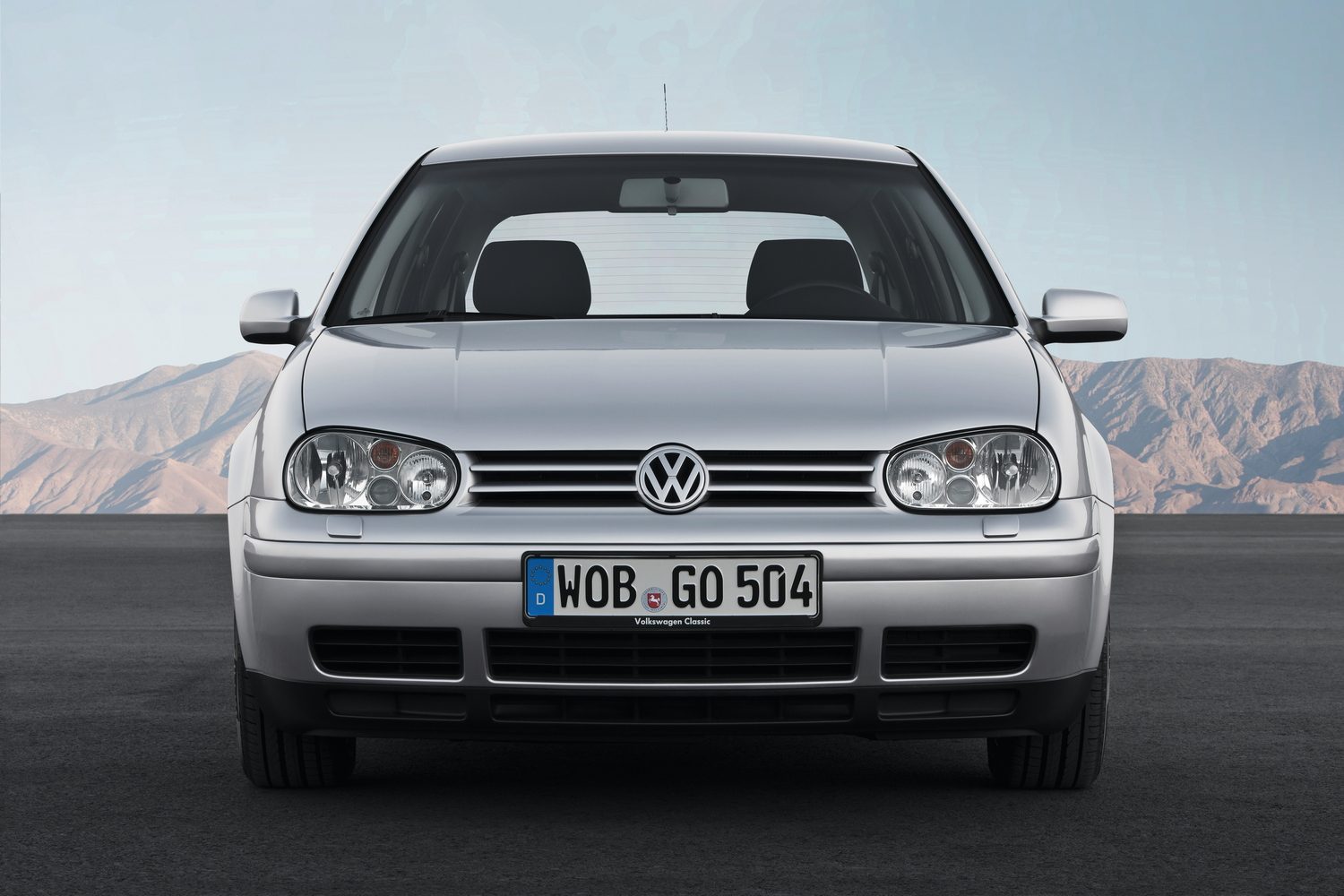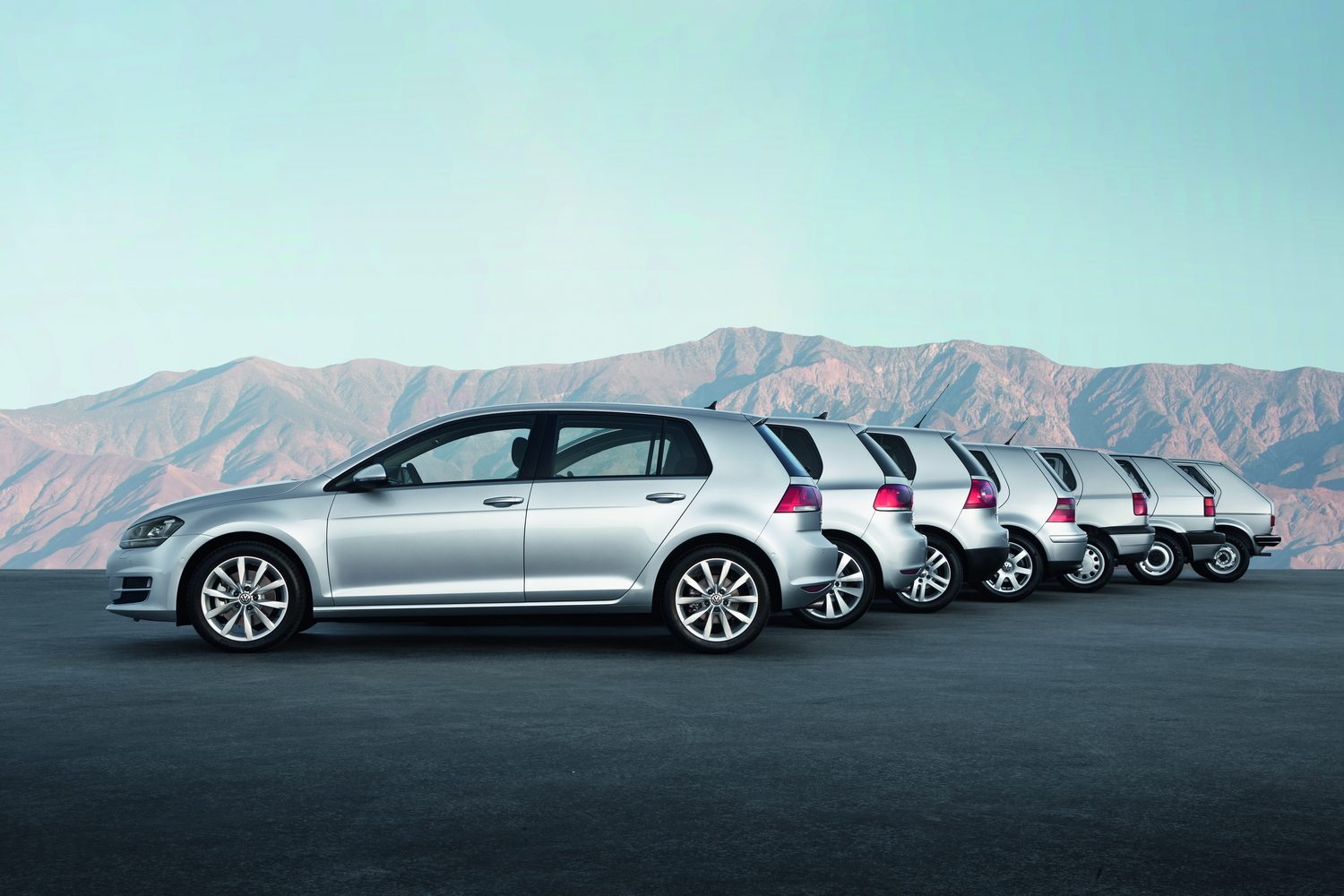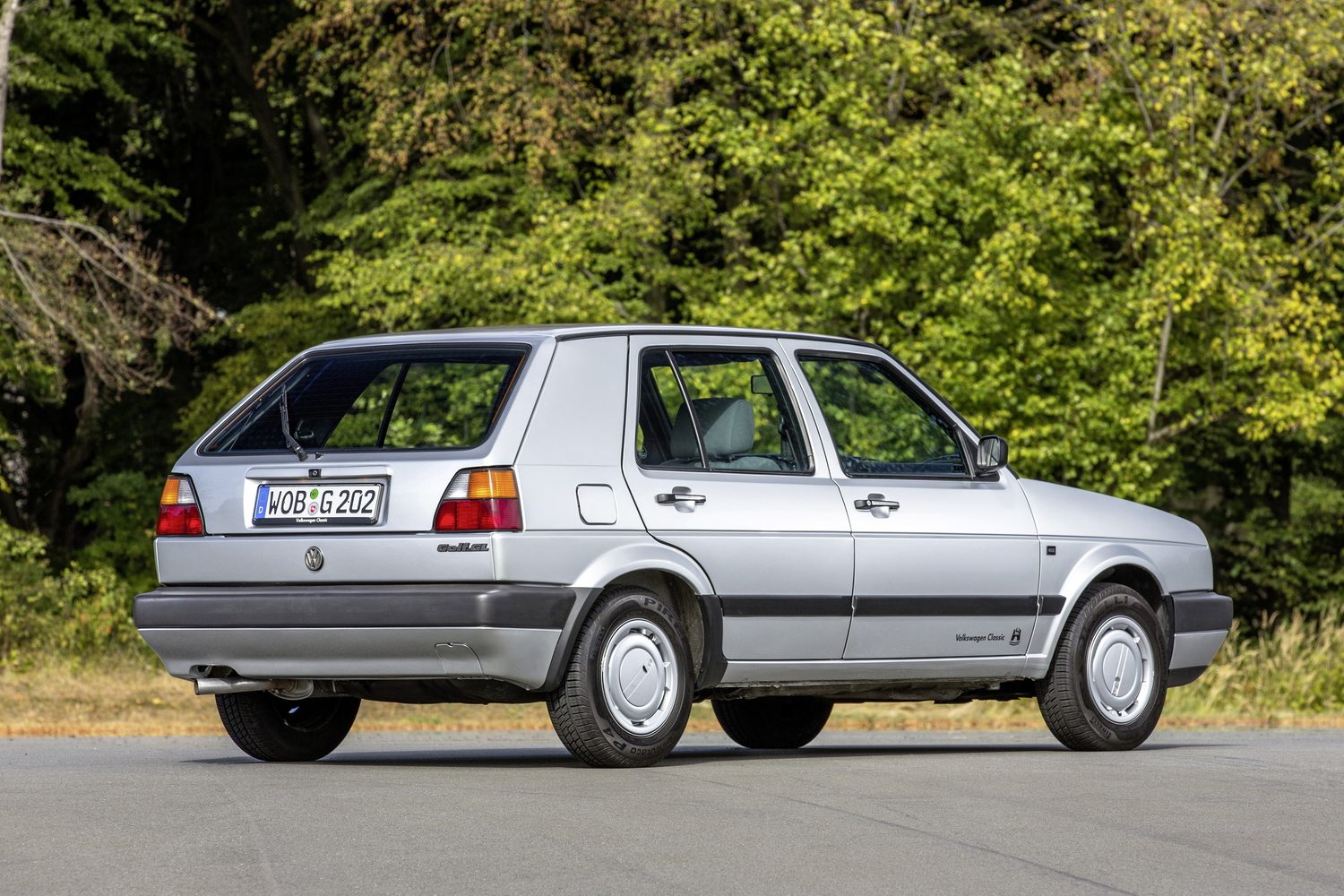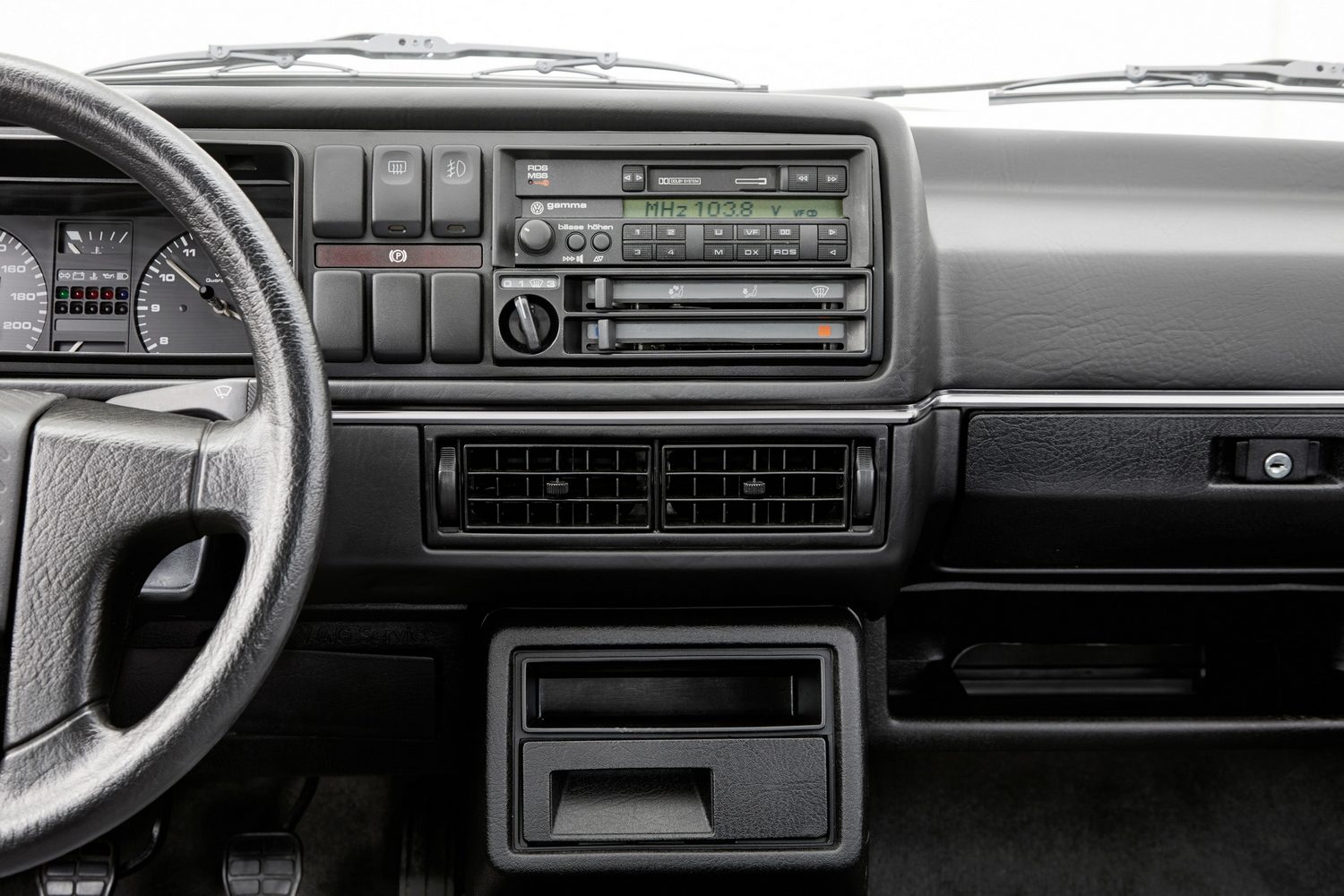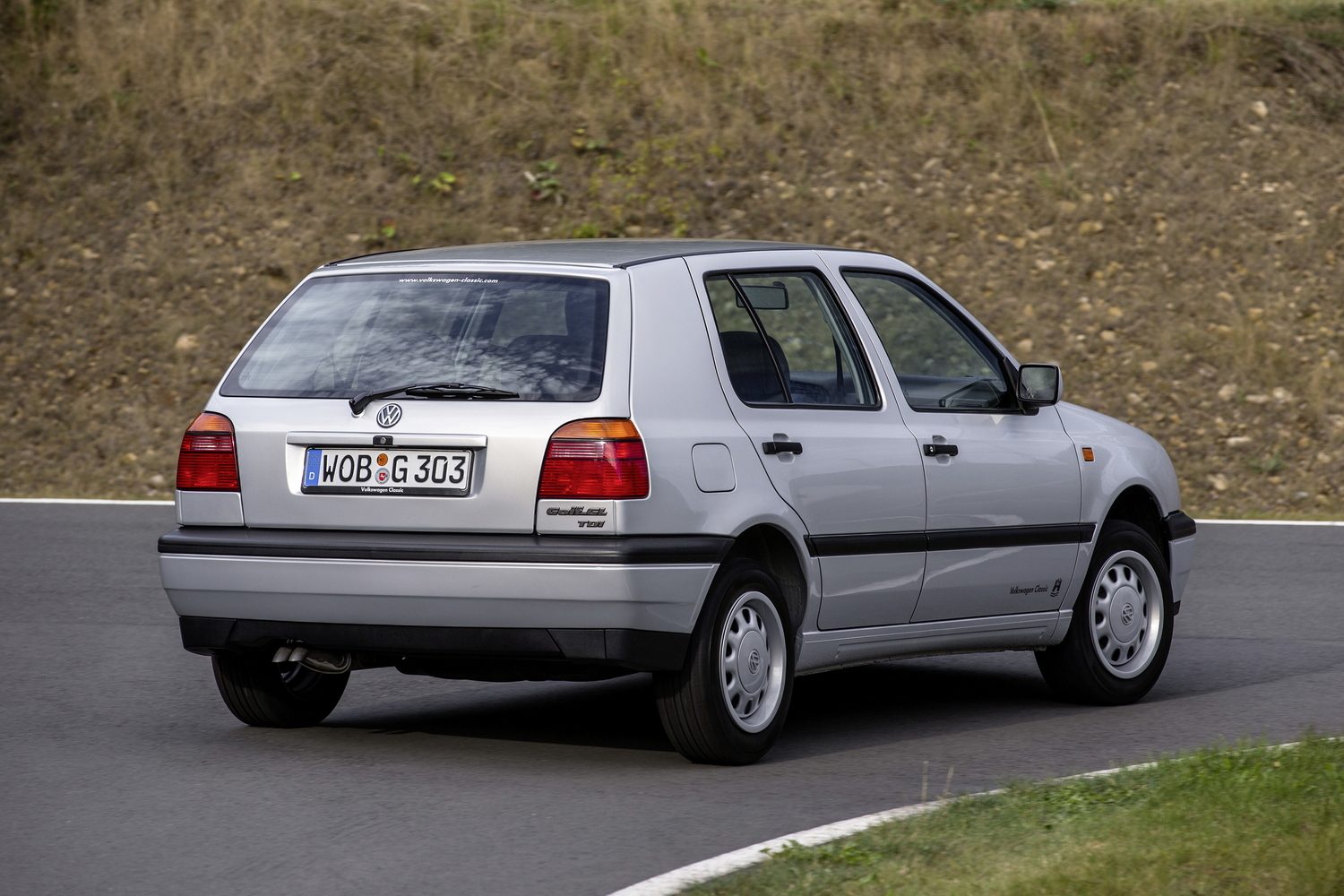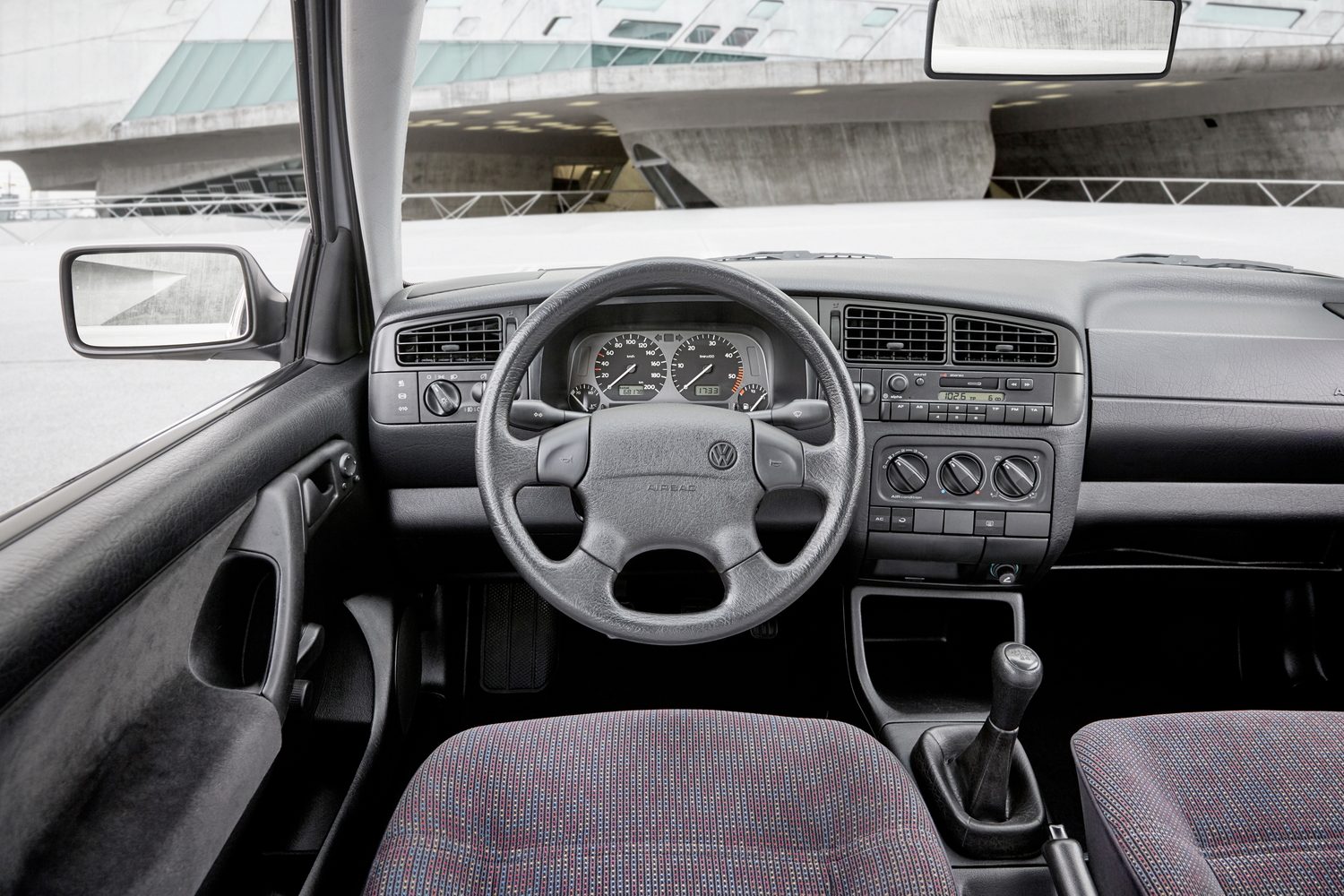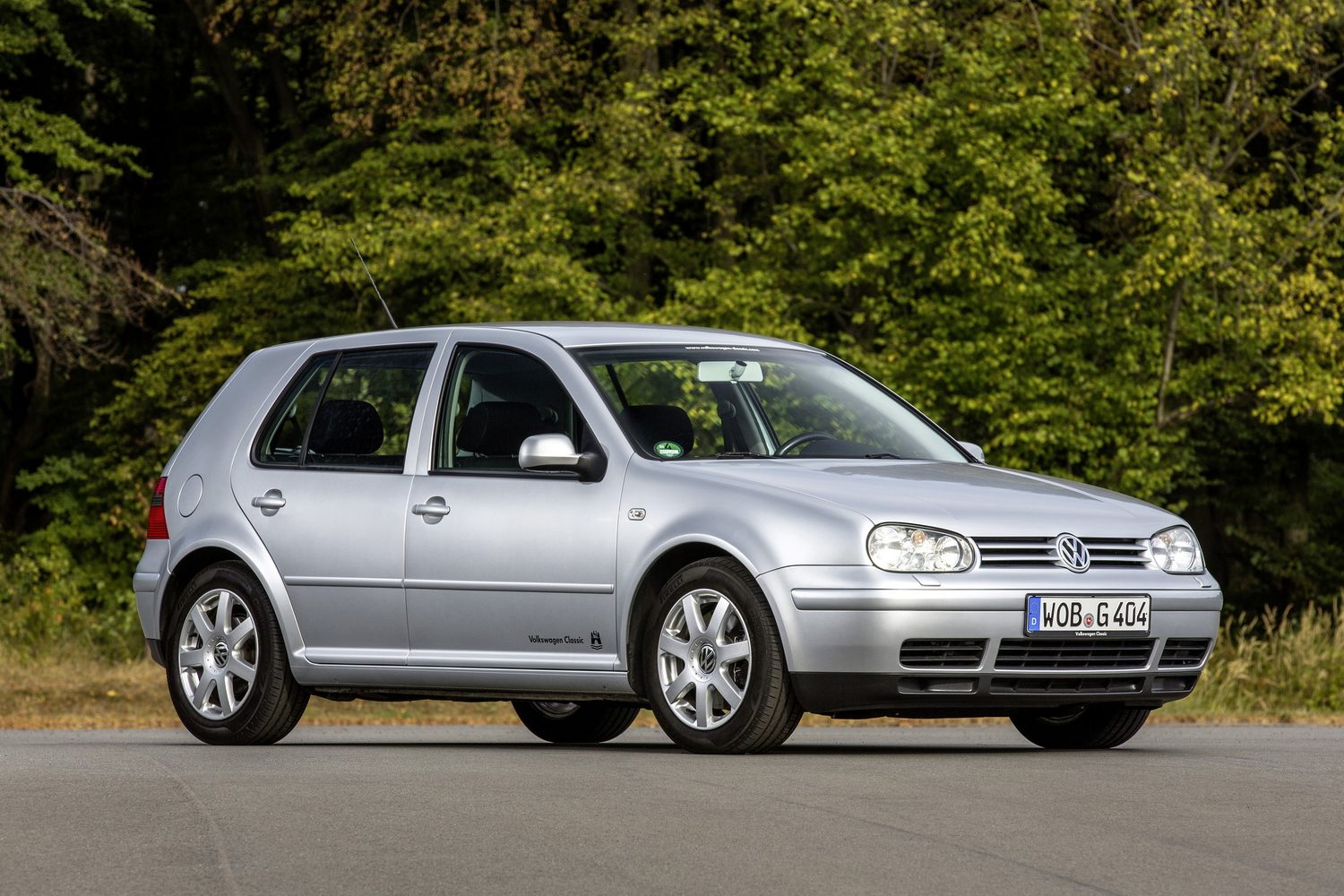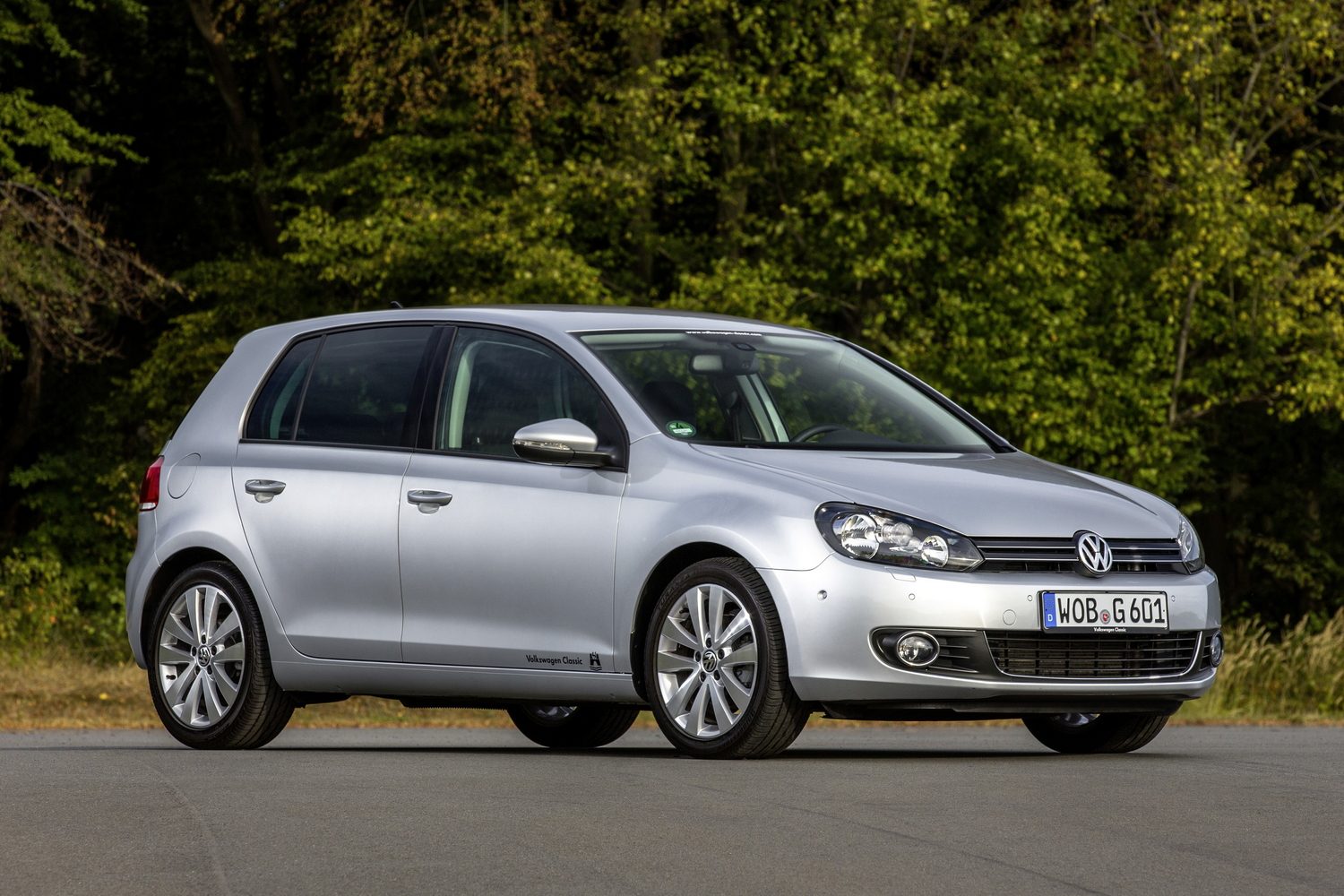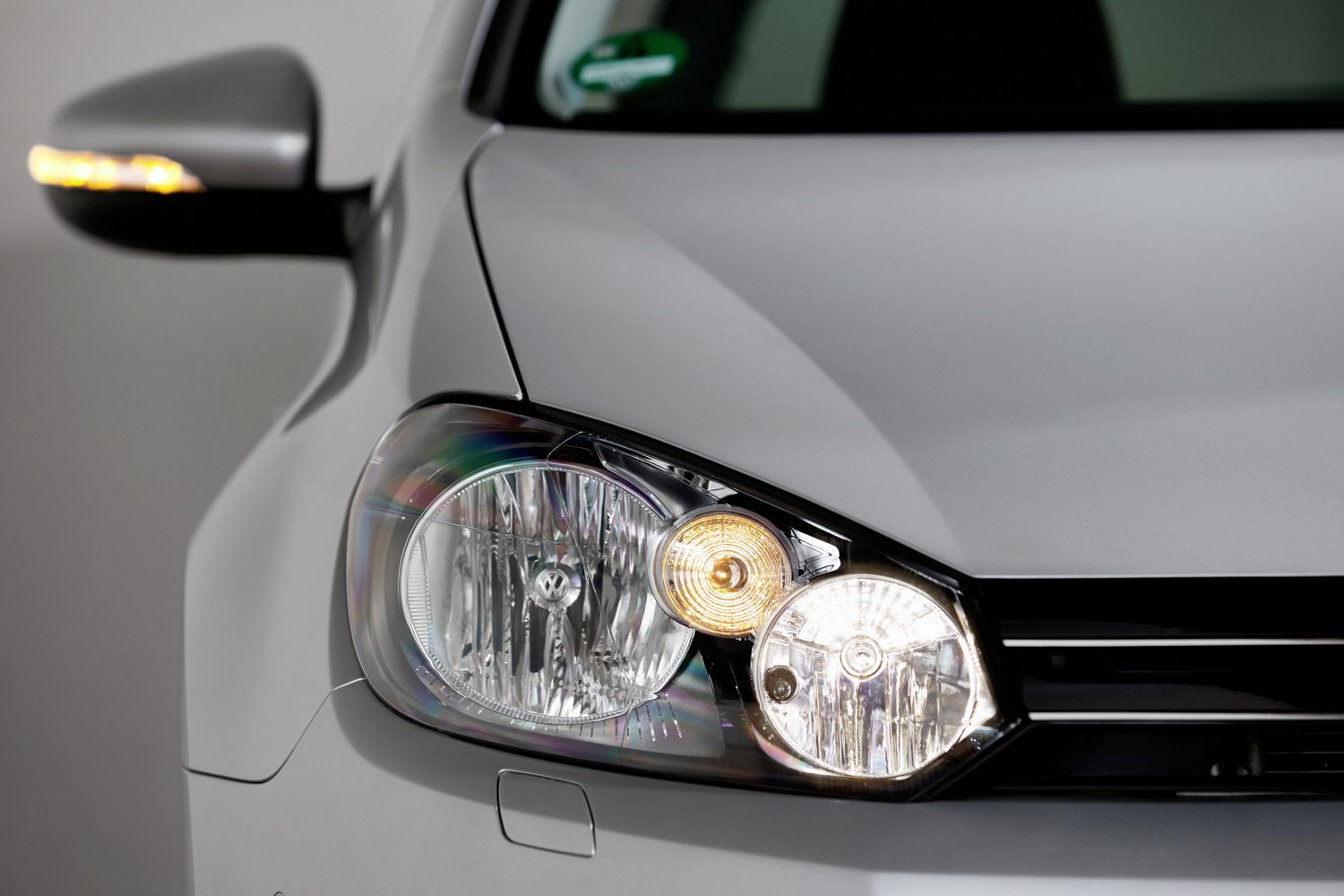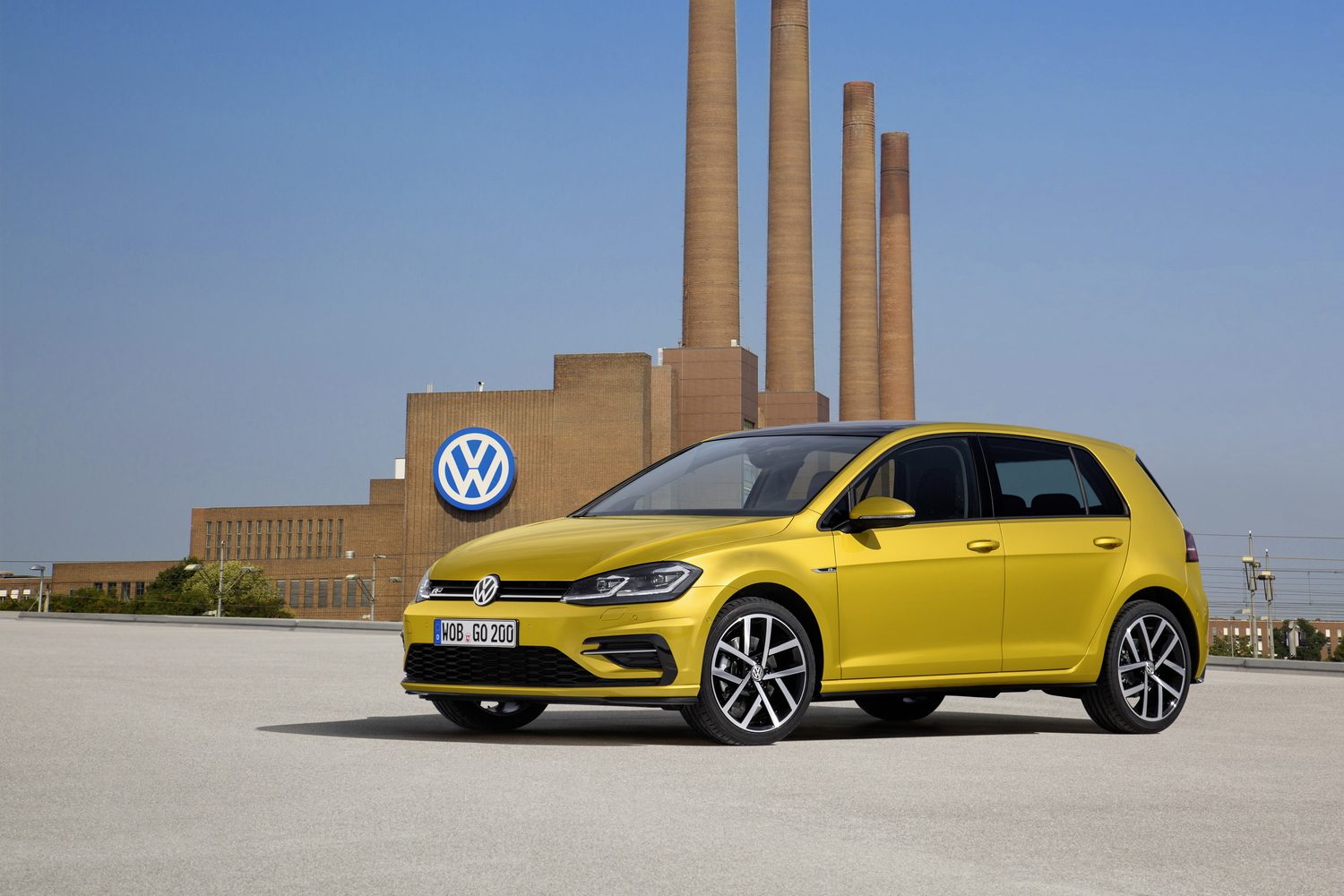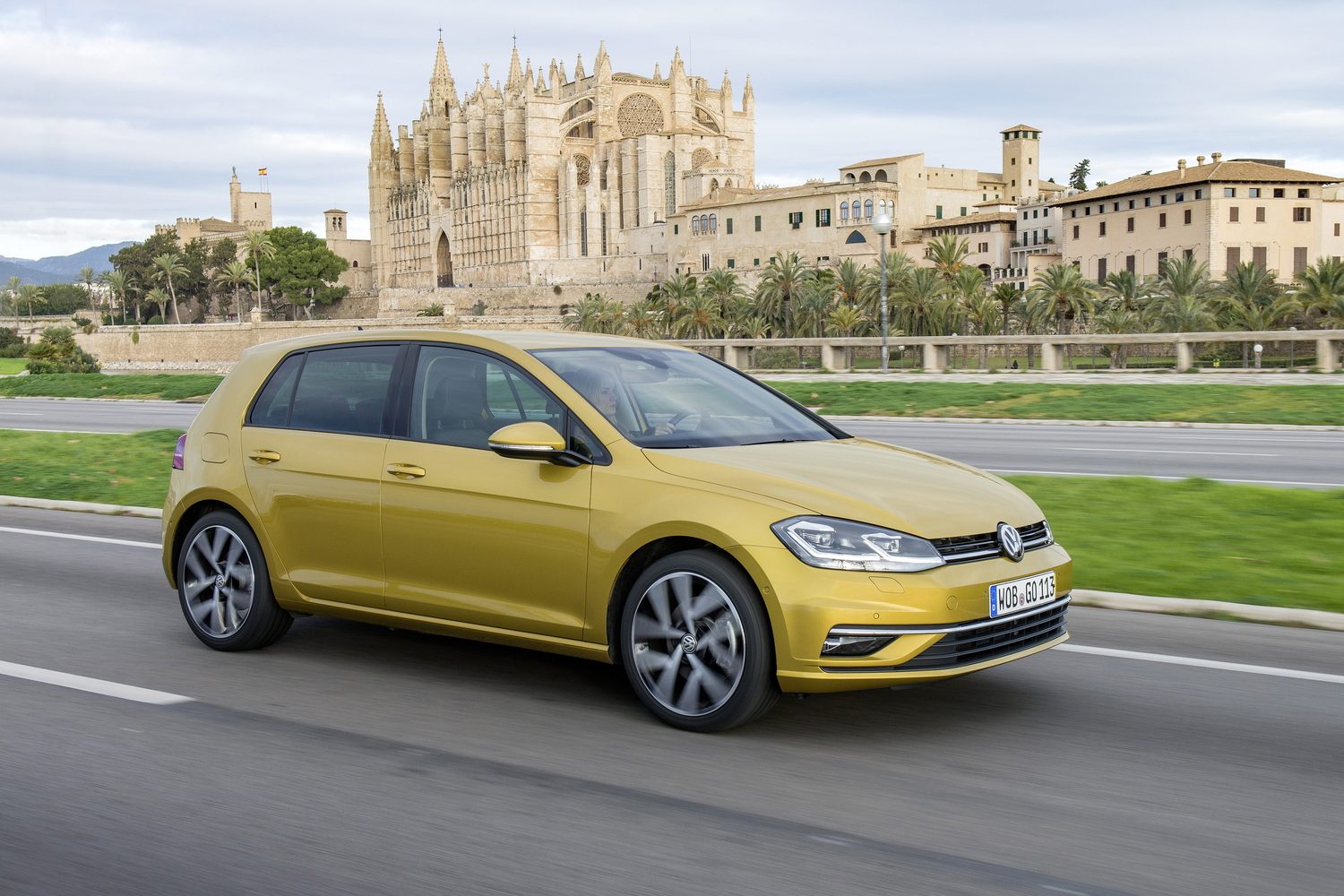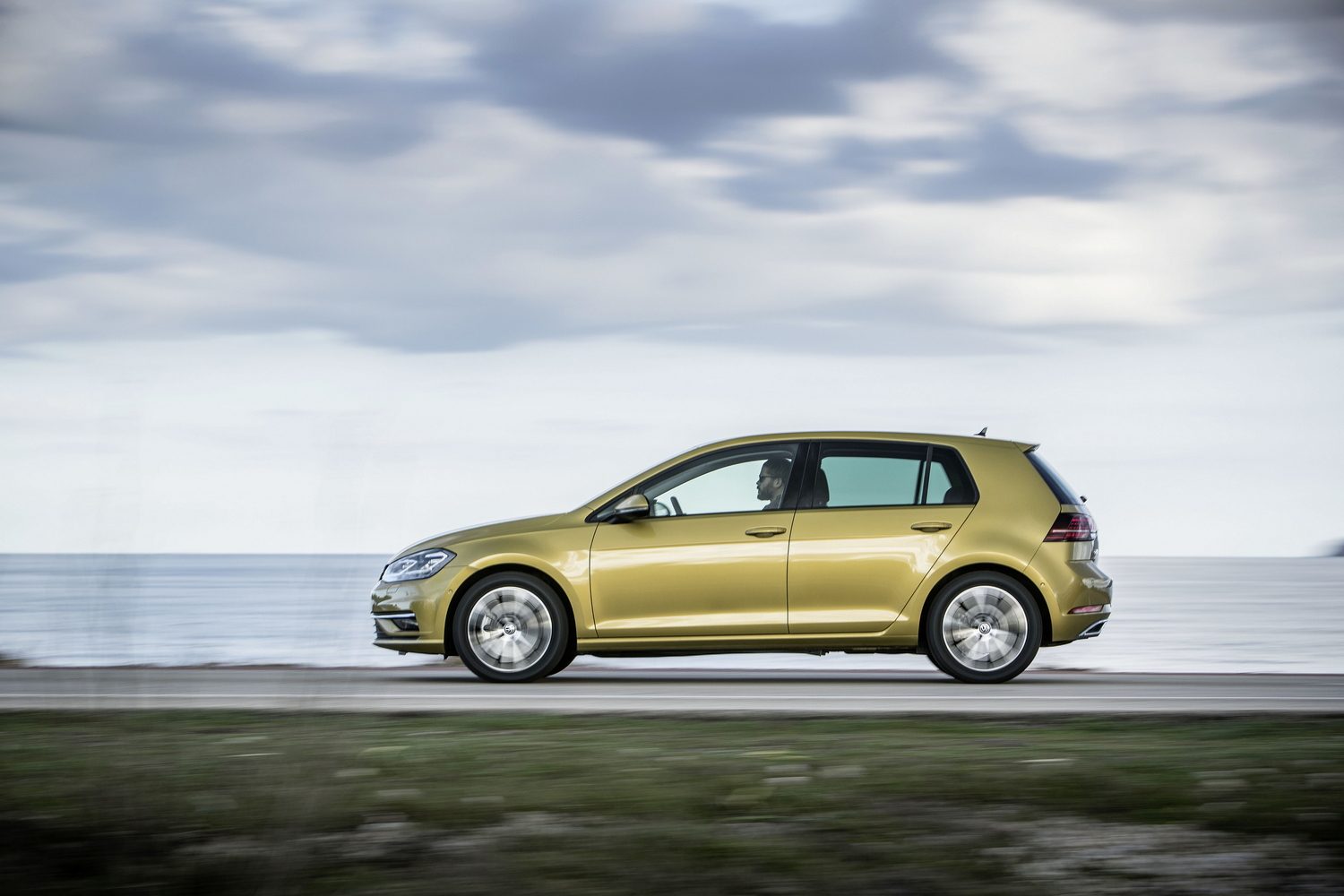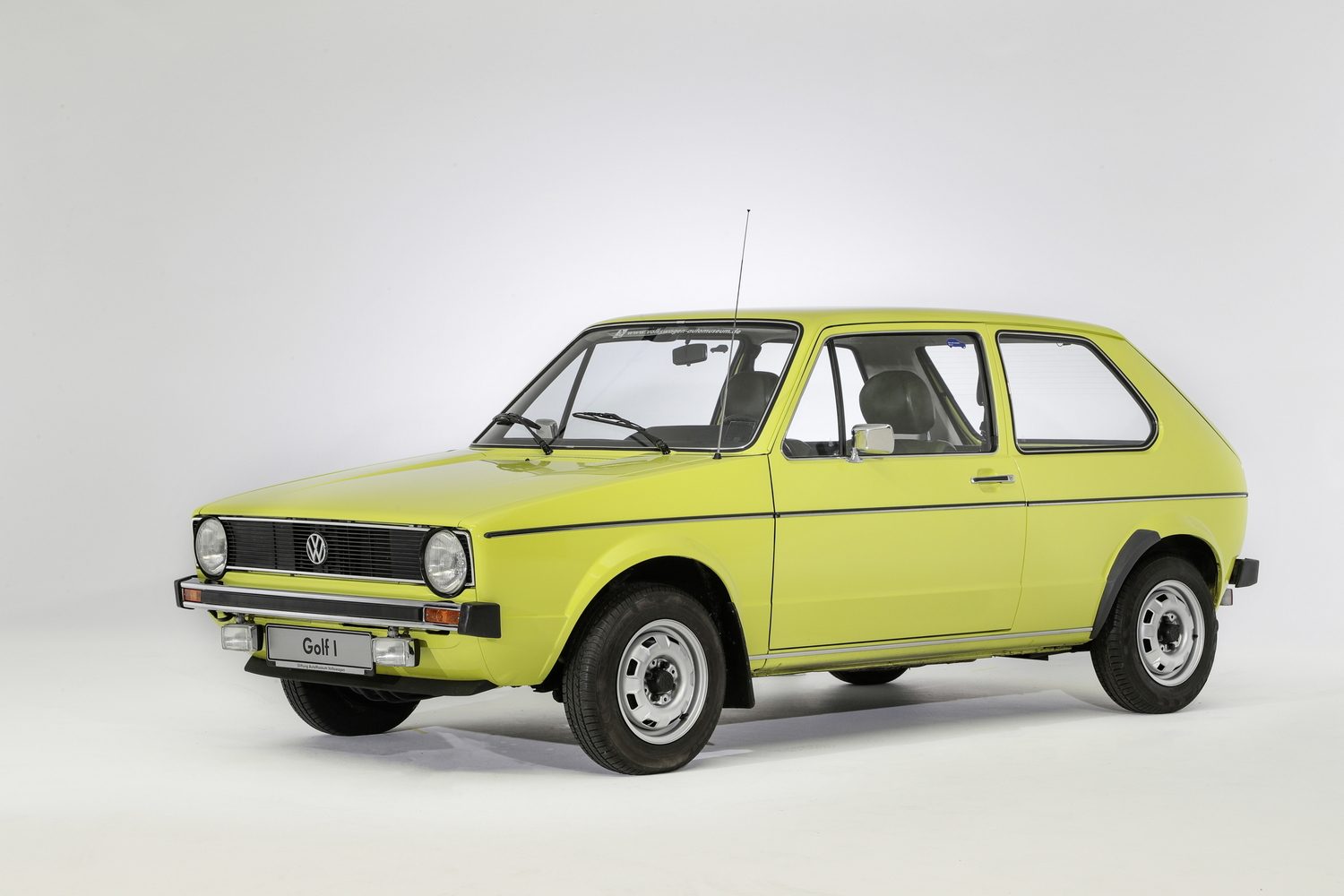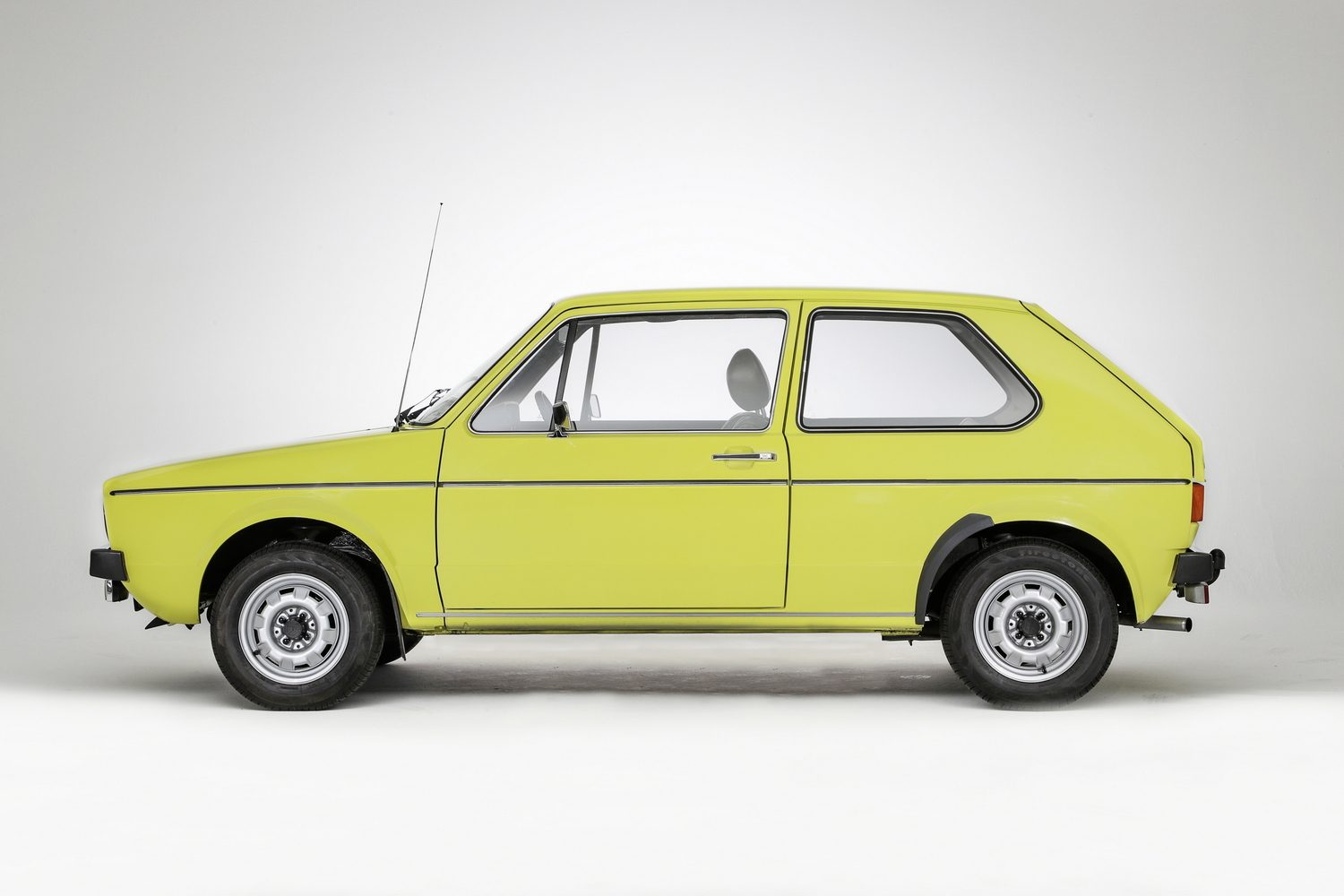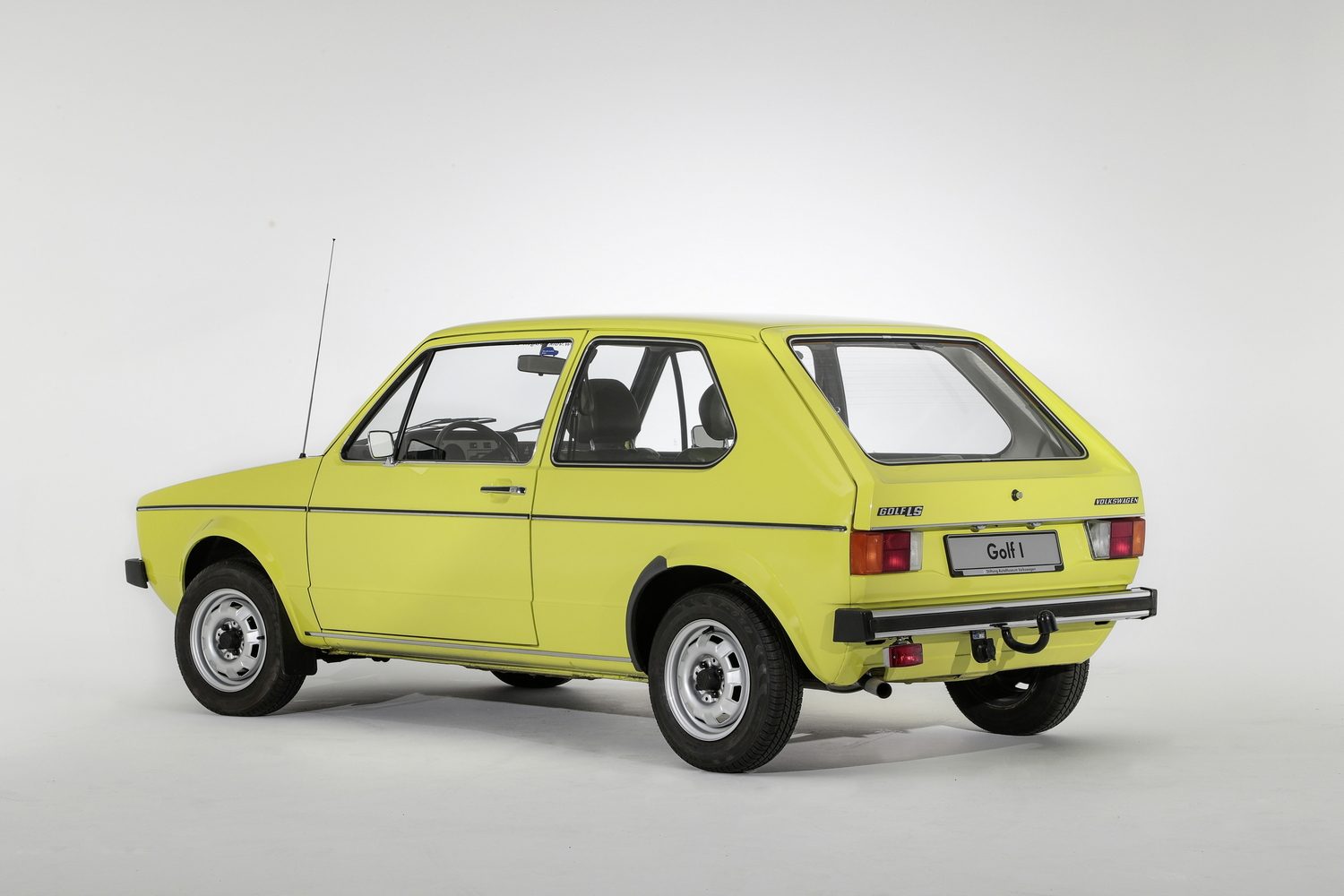"The Golf has not only shaped mobility in Germany, but also in many other regions all over the world." OK, so there's a certain sense of 'they would say that, wouldn't they' about that quote, as it comes from a Volkswagen press release about the Golf. However, there really is more than a small grain of truth to it. The VW Golf is the most successful European car ever built, with more than 37 million made so far. As it hits its 50th birthday, it seems like a suitable time to look back on the Golf's incredible legacy, and its tantalising future.
Back in 1974, you would not have predicted that the Golf would eventually out-sell its mighty predecessor, the Beetle. Not least because the Golf was not Volkswagen's first attempt to replace that 22-million selling icon of 20th century motoring.
In fact, VW had been trying to do just that since as far back as 1952, but the 70-odd designs that the company produced just didn't cut the mustard. The Beetle was kind of part-replaced by the Volkswagen 1500 saloon and estate, but that was really a larger, grander car (and something of a forgotten VW in spite of it racking up more than three-million sales). There was a potential Beetle replacement - the EA97 - which got as far has having 100 cars constructed in a pilot-build programme, and factory equipment being installed, but at the last second, according to Russell Hayes' book The Volkswagen Golf Story, VW backed out of the project, fearing that the EA97 would eat too deeply into 1500 sales. There was also a prototype called the EA276, which had a hatchback body, but which was kind of blocky and looked a bit like a Lada. No wonder it didn't go into production.
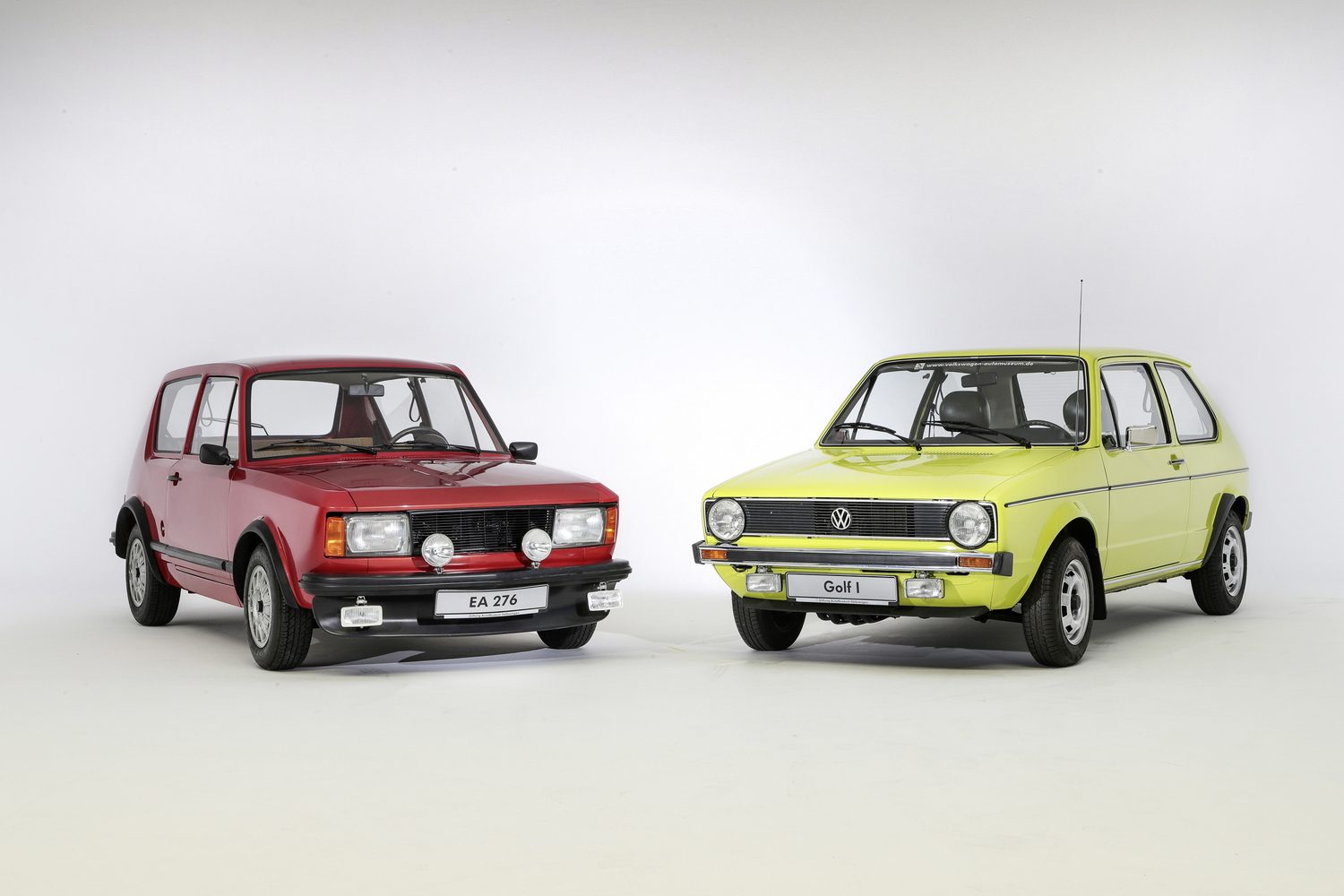
Then came the semi-legendary 1969 EA266, a compact hatchback that looks as if you asked an AI picture generator to combine a Mk1 Golf with a Beetle. It was rear-engined (the four-cylinder, water-cooled engine tucked under the back seats) and partly developed by Porsche. At the last second it was canned for being too expensive to build, and too awkward to service.
Finally, by 1974, Volkswagen had worked it all out. The Beetle replacement would use a front-wheel-drive hatchback format dreamed up by Audi (which VW had bought out in order to have an extra factory with which to meet burgeoning Beetle orders), a water-cooled four-cylinder engine and, thanks to one Gerhard R. Guempert - VW's Italian importer - a body designed by arguably the greatest car designer of them all, Giorgetto Giugiaro.
Incidentally, the great man himself has always preferred the lines of the five-door Golf hatchback, saying that: "it simply has the stronger Golf characteristics." Make of that what you will.
The Golf didn't invent the hatchback - hatchbacks had been around for years before, including the likes of the Simca 1100 and even some versions of the Citroen Traction Avant - but thanks to the combination of crisp styling from Giugiaro, simple and robust mechanical bits, and a sense of enjoyment to the way it drove, that first Golf kind of blew the opposition out of the water, making rivals such as the Ford Escort seem moribund, to say nothing of the still-in-development Austin Allegro. Really, the only car to hold a candle to the Golf in styling, driving and engineering terms was the Alfa Romeo Alfasud - another Giugiaro design- and that was hamstrung by inferior quality.
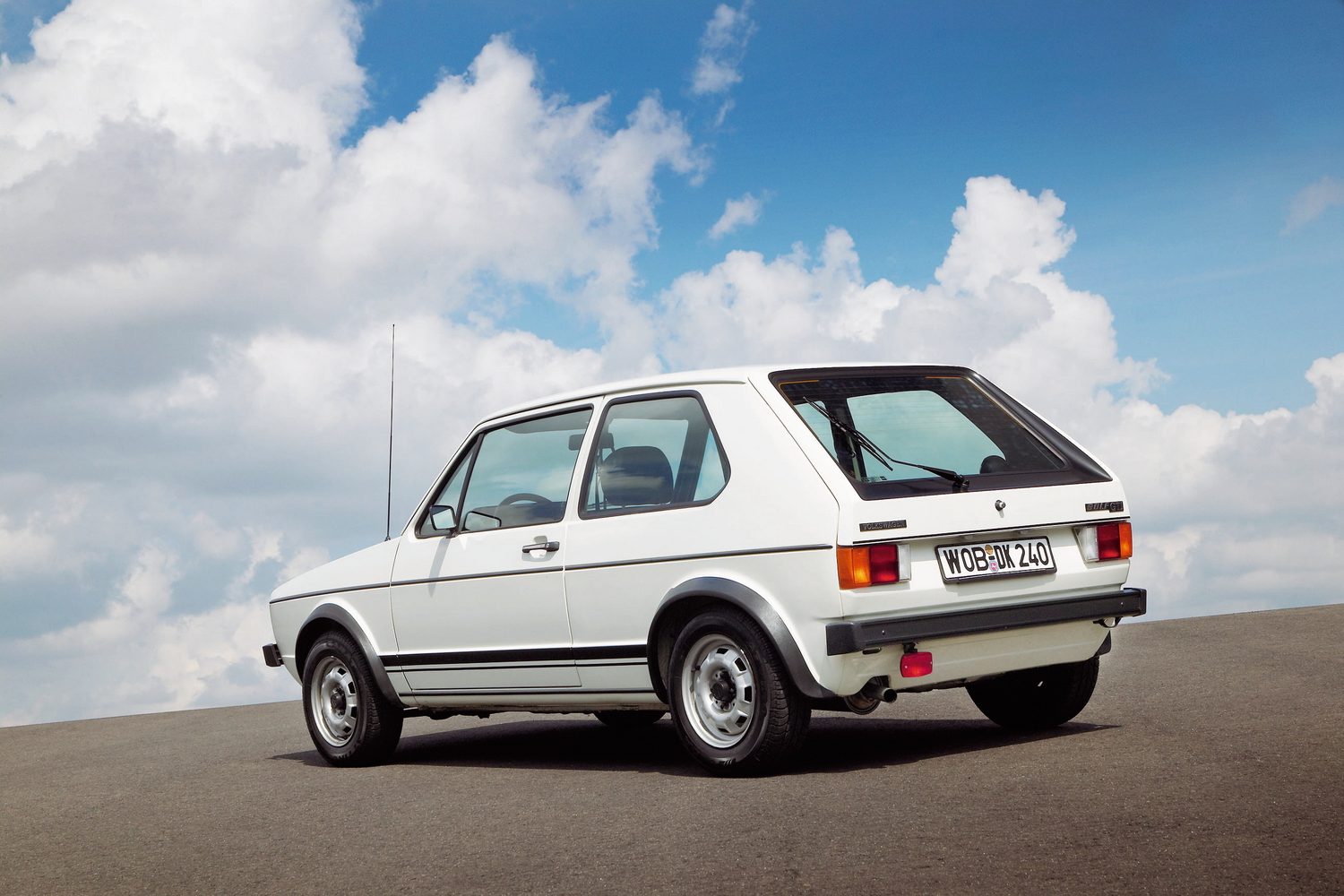
According to modern car designer and coachbuilder Niels van der Roji: "The radical new 'folded paper' styling Giugiaro's Italdesign applied to the Mk1 Golf proved to be a hit. Flowing, rounded curves of previous times were gone, replaced by clean, modern and flat surfaces and precise razor-sharp edges. The Golf took the angular philosophy out of the realm of supercars and into everyday cars."
While it didn't quite have supercar power, the first GTI model arrived in 1976, later making the successful transition to right-hand drive once Northern Irish rally driver, and VW dealer, Robert McBurney had proved to the engineers in Wolfsburg that the conversion would work.
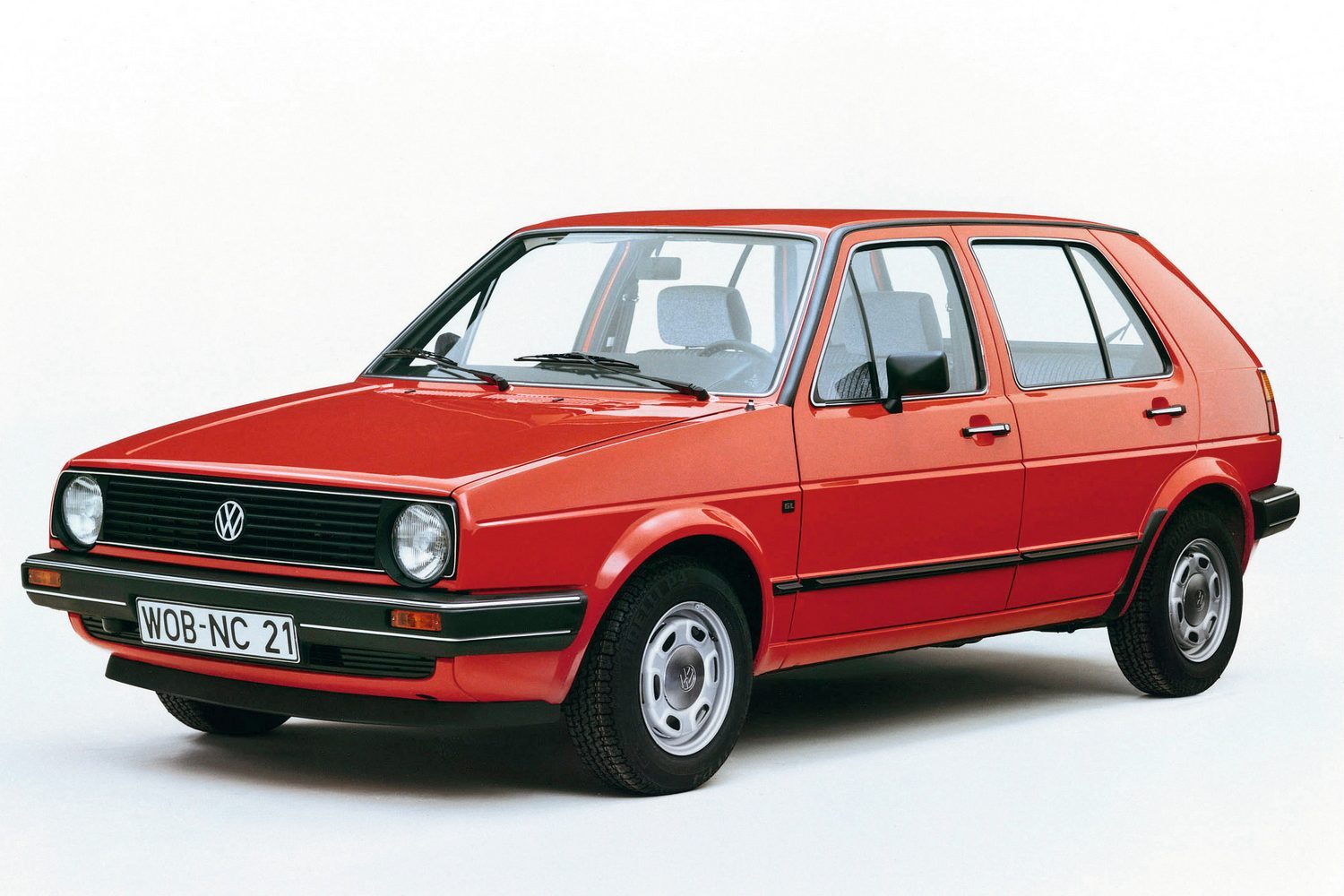
By the time the MkII Golf was introduced in 1983 (it was essentially a major re-skin of the Mk1's chassis and components) the car's success was set in stone. By then, the Golf WAS Volkswagen, and the formerly irreplaceable Beetle had been banished to finish out its production life in Mexico. According to VW: "It was the second Golf with which the baby boomer generation, hovering around the age of 50 nowadays, learnt to drive: while the predecessor had already become the favourite amongst driving instructors and learner drivers, the new Golf now finally and irreversibly conquered this generation that was later also named after this vehicle. And it was this Golf that made progress available to the masses for the first time - with technologies including a lambda-probe-controlled catalytic converter, the anti-lock-brake system or the Golf's first all-wheel-drive version."
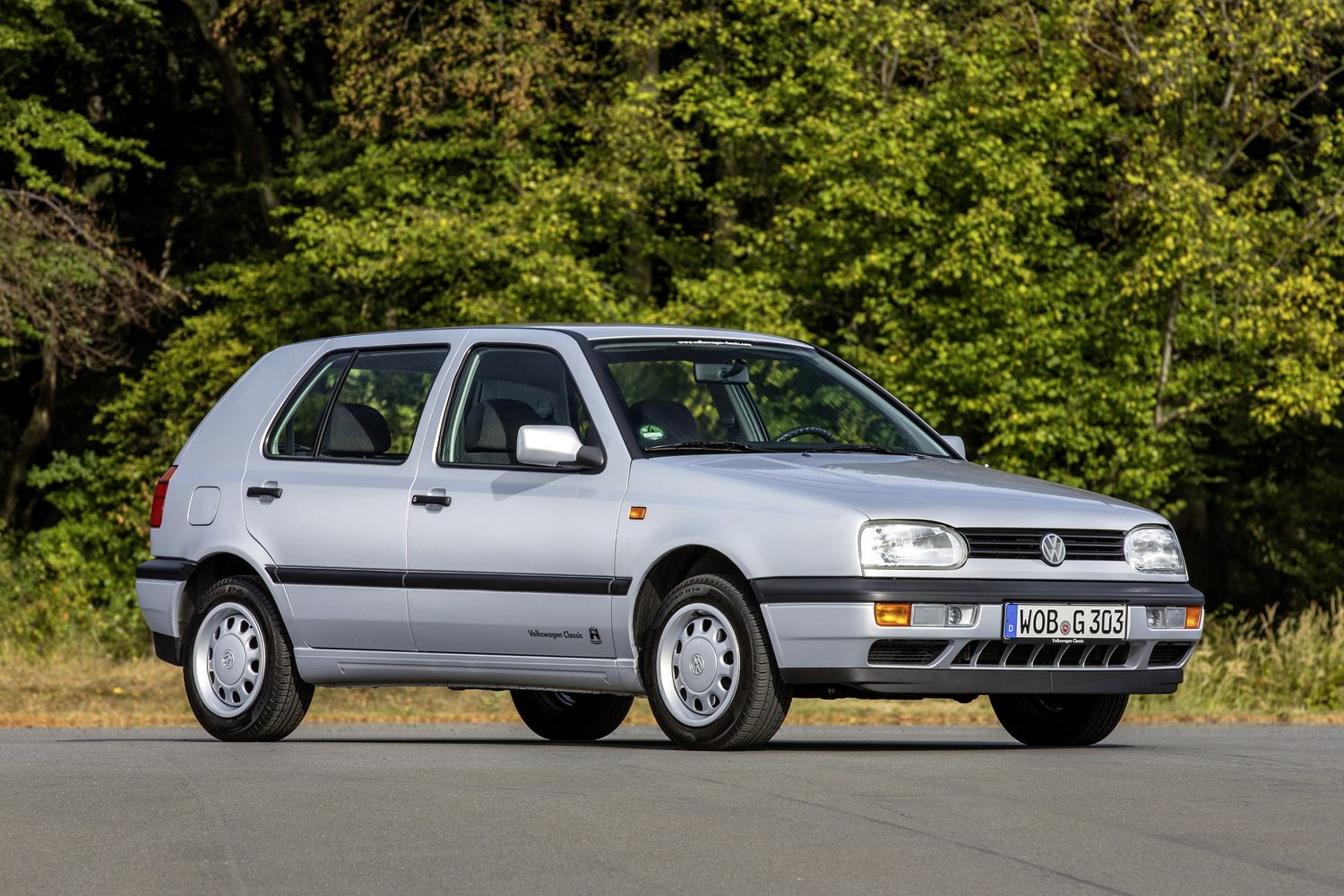
In 1988, the Golf reached the 10-million sales mark, but so much more was still to come. Even so, the 1991 MkIII Golf is often considered to be the lame-duck of the lineup. That's partially because while the GTI model got a new 148hp engine, the MkIII Golf was much heavier, thanks in part to a body built for safety, so it seemed slower and more ponderous than the old MkII. For all that, the MkIII - GTI or otherwise - is a better car than it's often remembered to be, introducing the kind of indestructible build quality that would later be a Golf hallmark. It also heralded the launch of the remarkable VR6 version - proof that a humble Golf could mix it up with posher BMWs and Mercedes.
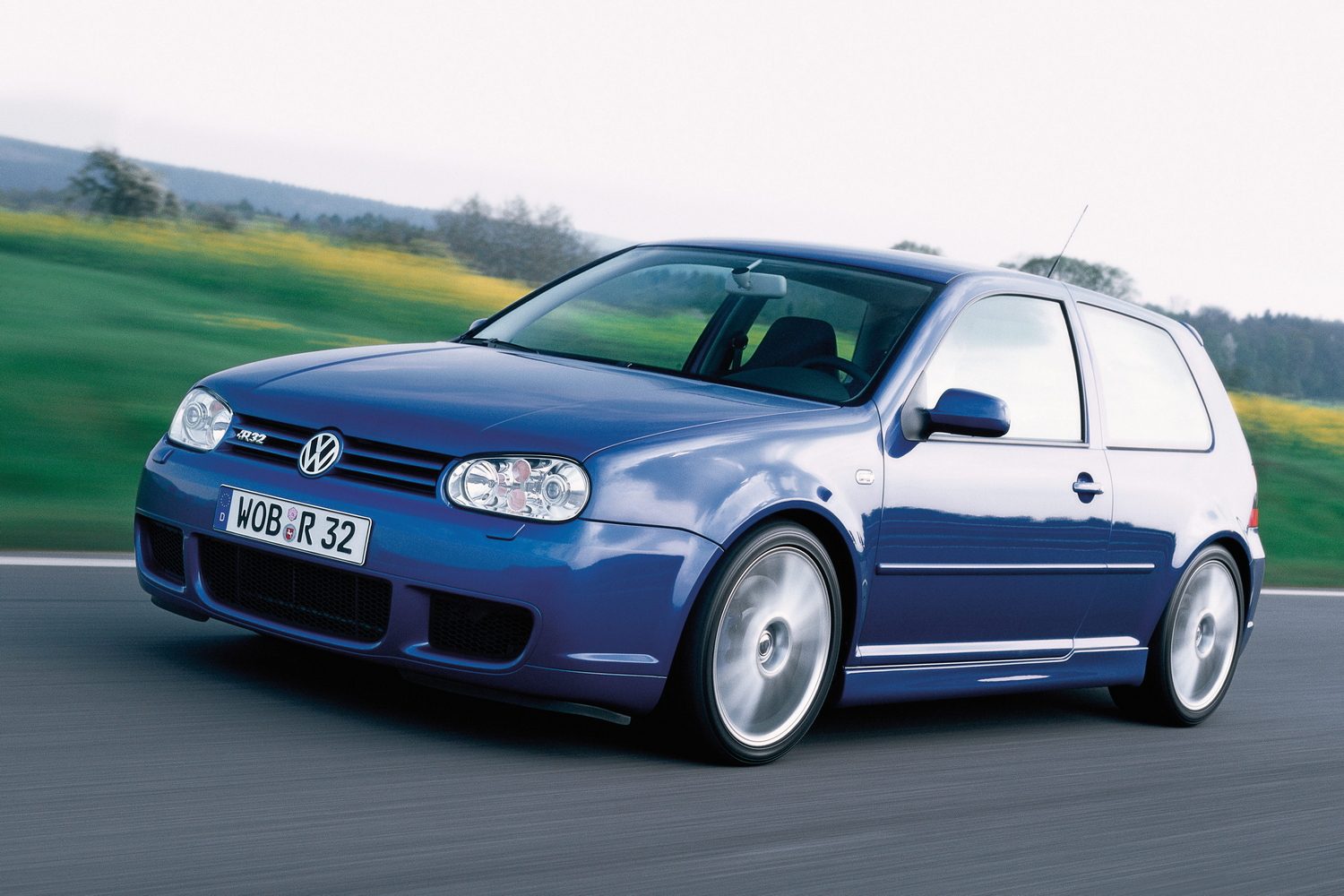
The MkIV Golf was better again. True, the GTI still wasn't as sparkling as it ought to have been, but the humbler models received a cabin that crushed the opposition for its elegance and quality, and the blue-backlit instruments lent it a real touch of class in those far-off days before everything was on a digital screen.
It was with the 2003 MkV Golf that Volkswagen really brought back the star quality of the first two generations. Built to a truly exceptional engineering standard and featuring arguably the best Golf GTI model ever - the 200hp turbo version - the MkV looked and felt like a car that cost more than it actually did, and it managed to wrest back the crown of 'best family hatch' from the big-selling Ford Focus.
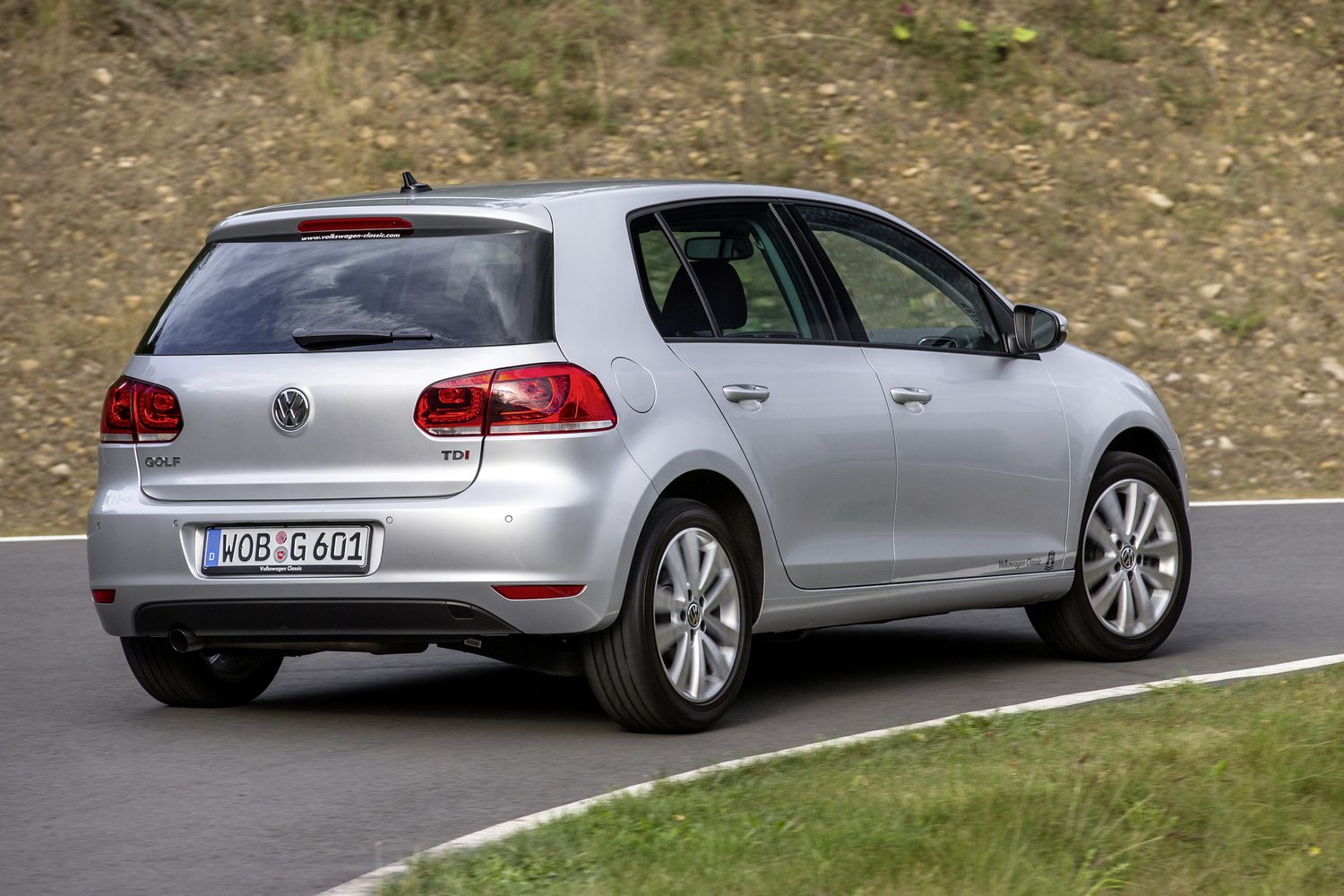
Through successive MkVI and MkVIII models, the Golf held onto that crown, becoming ever more technologically sophisticated - including the first all-electric e-Golf and the plug-in hybrid GTE version - but by the time the current MkVIII arrived, it seemed as if the world had moved on. That was no fault of the car itself, but because everyone was either talking about fully electric cars by then or heading out and buying an SUV. Indeed, in Ireland, where the Golf had become a perennial best-selling car, the MkVIII Golf eventually became out-sold by its bigger, more expensive brother - the Tiguan.
In 2024, that may change. People are starting to cotton on to the fact that SUVs are expensive to buy and run, and that the smaller, lighter Golf is still a very practical, useable family car. Volkswagen, for the 50th anniversary, is also planning a major update for the eighth-generation car. You can expect to see revised styling on the outside, and major upgrades to the cabin including a new touchscreen, software and new digital instruments.
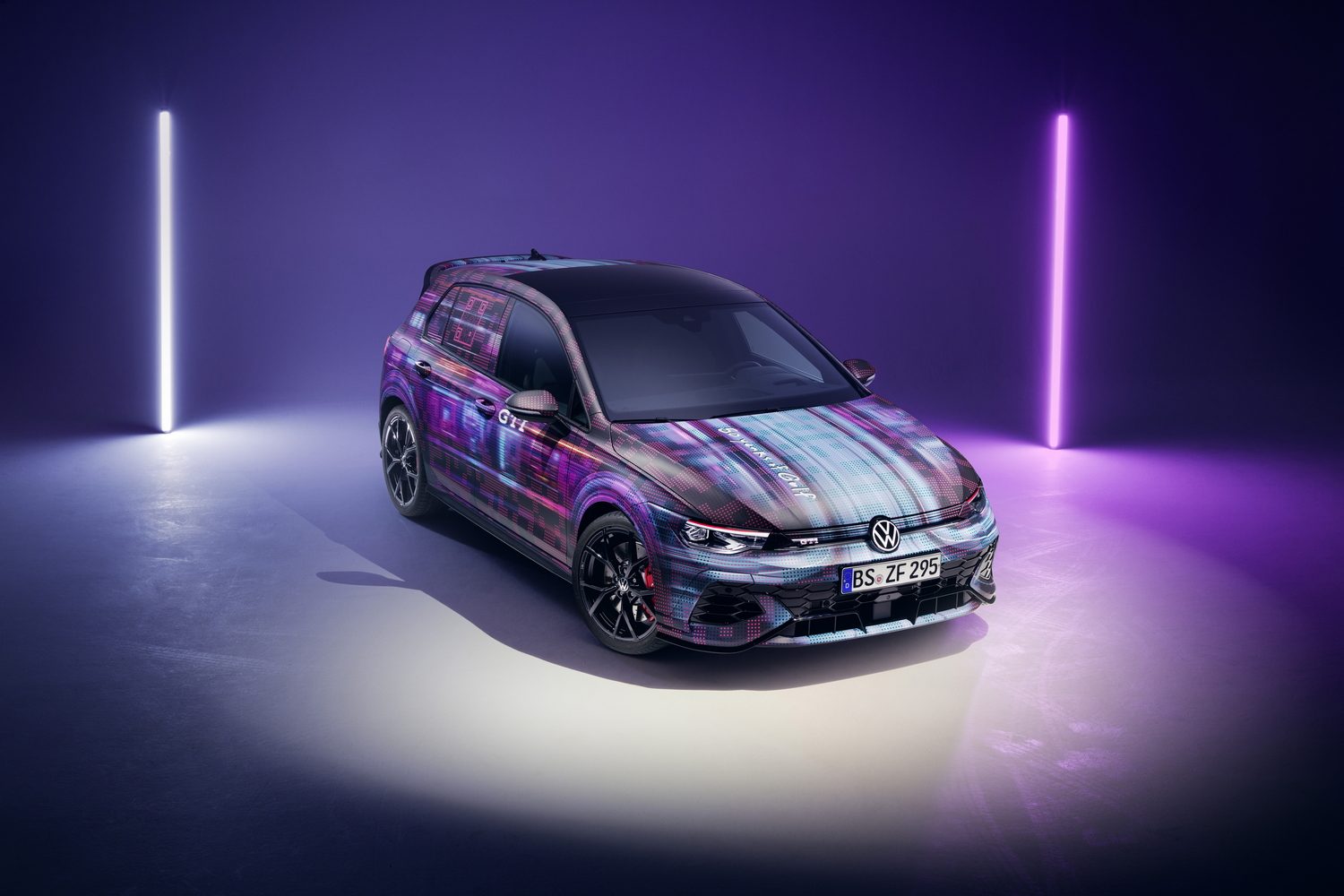
Expect the plug-in hybrid models to get longer electric-only ranges, but there won't be an all-electric Golf. Or at least, not yet. Volkswagen boss Thomas Schafer recently said that the Golf and the electric ID.3 can live alongside each other for a while yet, but he's also been dropping big hints that classic names such as the Golf, Passat, Tiguan and so on will be kept alive in the future, simply because there is so much affection for them. The current Golf is expected to be completely replaced in 2028, by which time VW wants around 80 per cent of its sales to be fully-electric vehicles, so that's the likely date for the Golf to finally go all-battery. ID. Golf, anyone?
In the meantime, Volkswagen will be bringing along a whole host of original Golf models - from MkI to MkVII - to the upcoming Paris Retromobile classic car show at the end of January. There will also be an appearance of the little-seen EA276 prototype at the Bremen classic car show in February.

